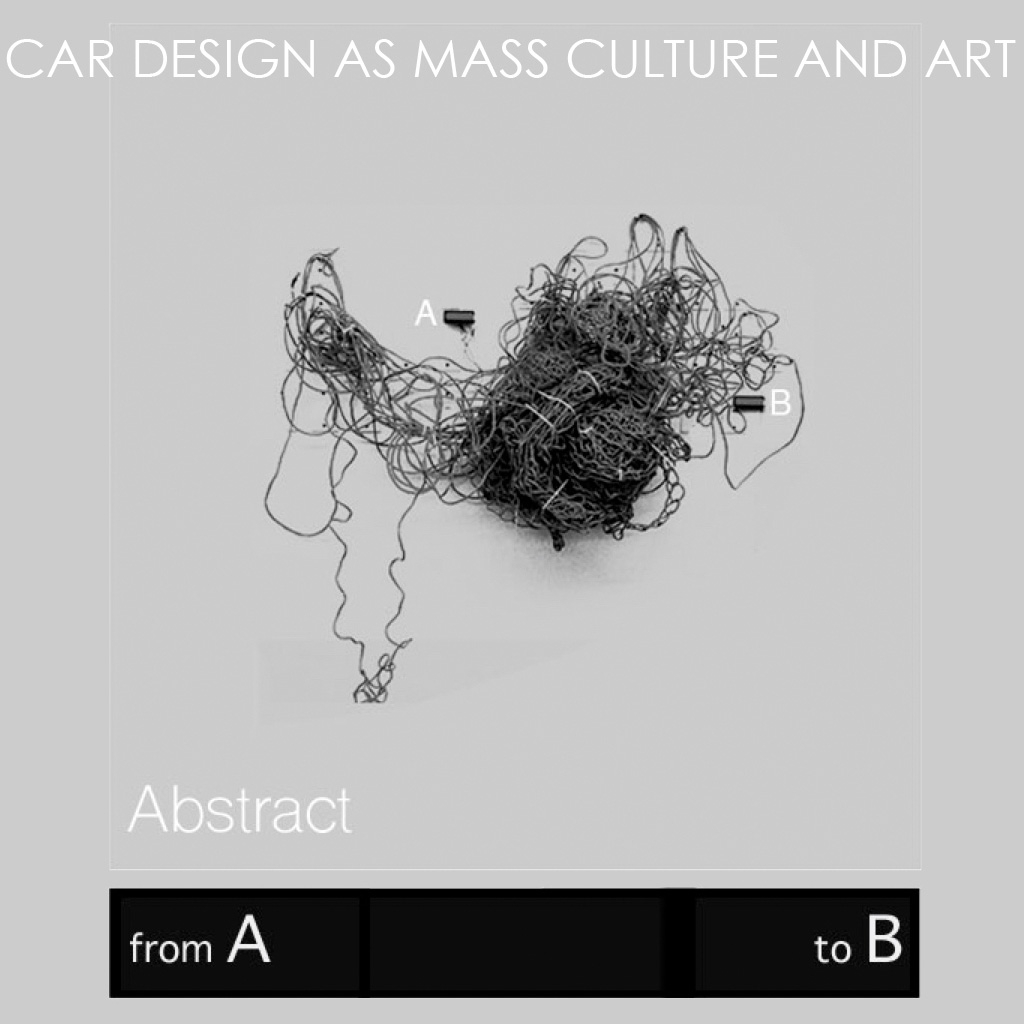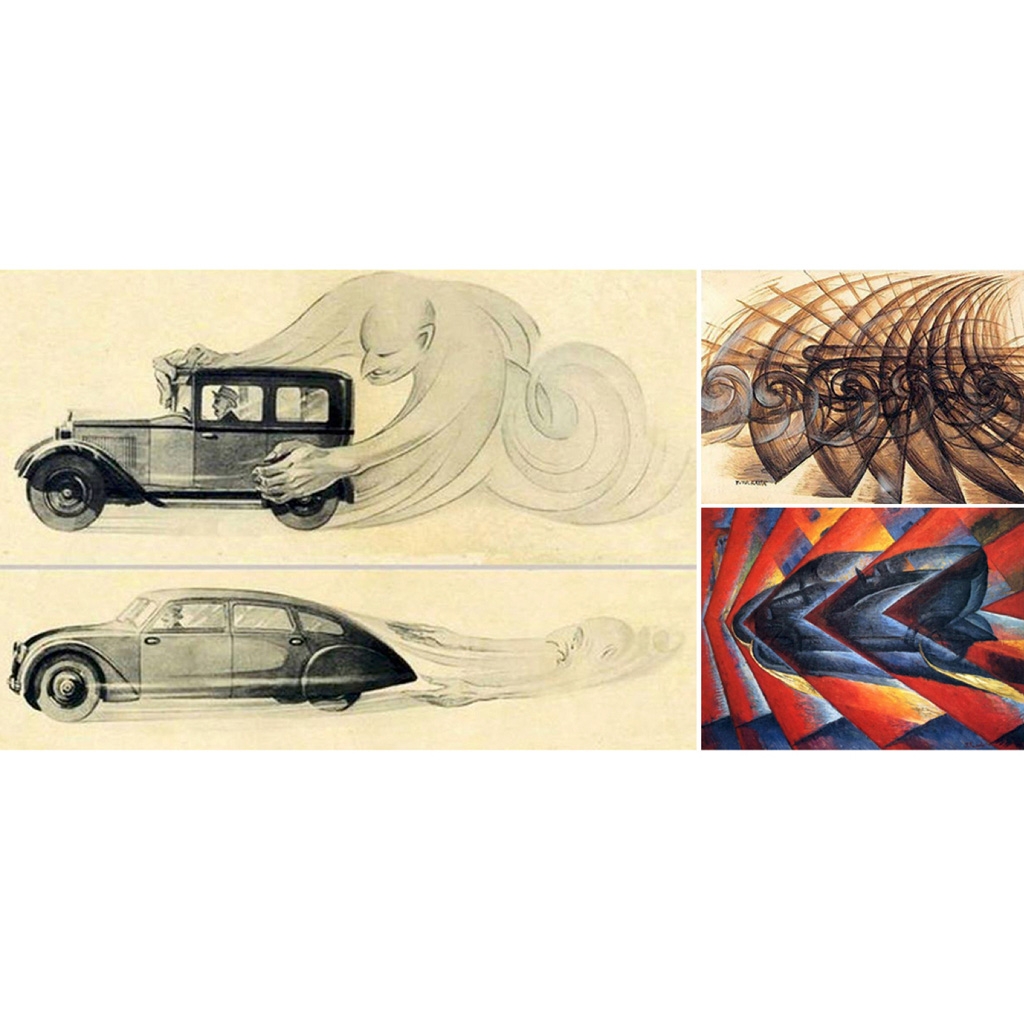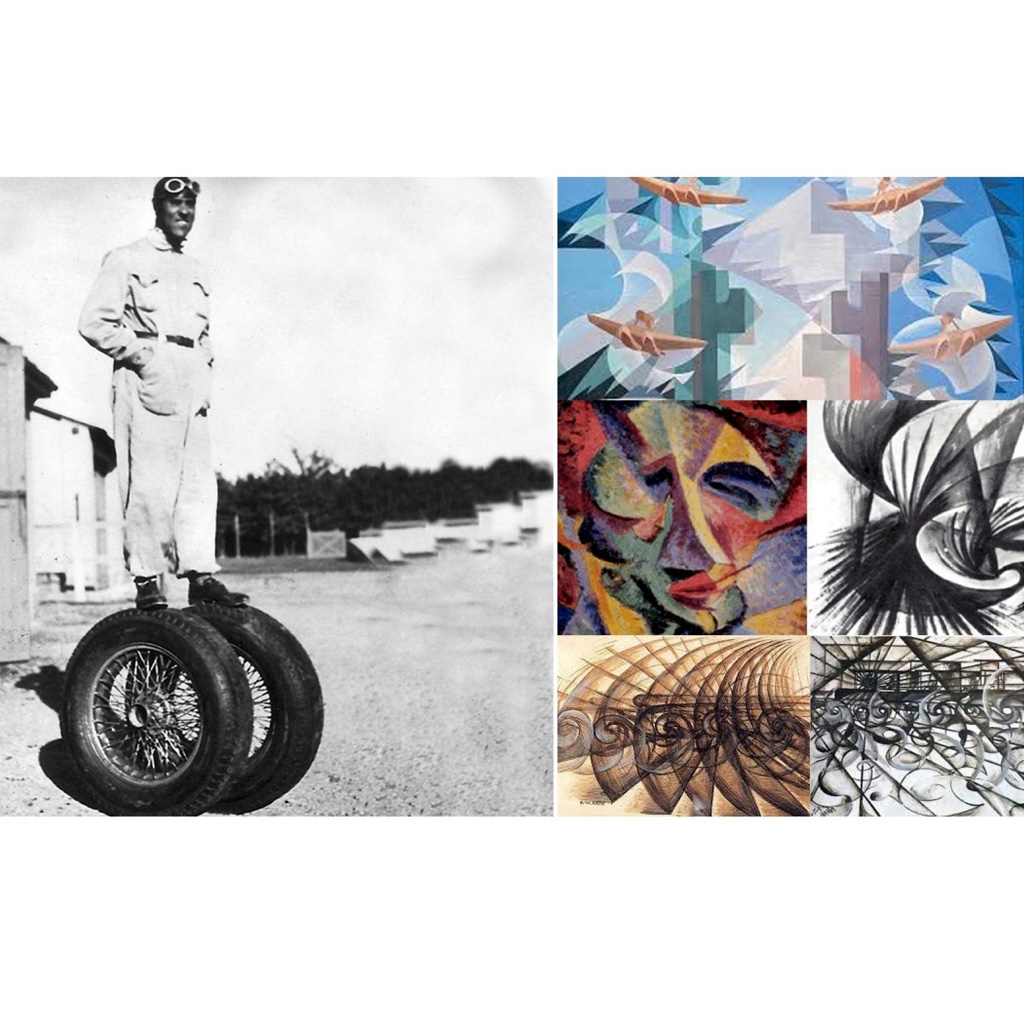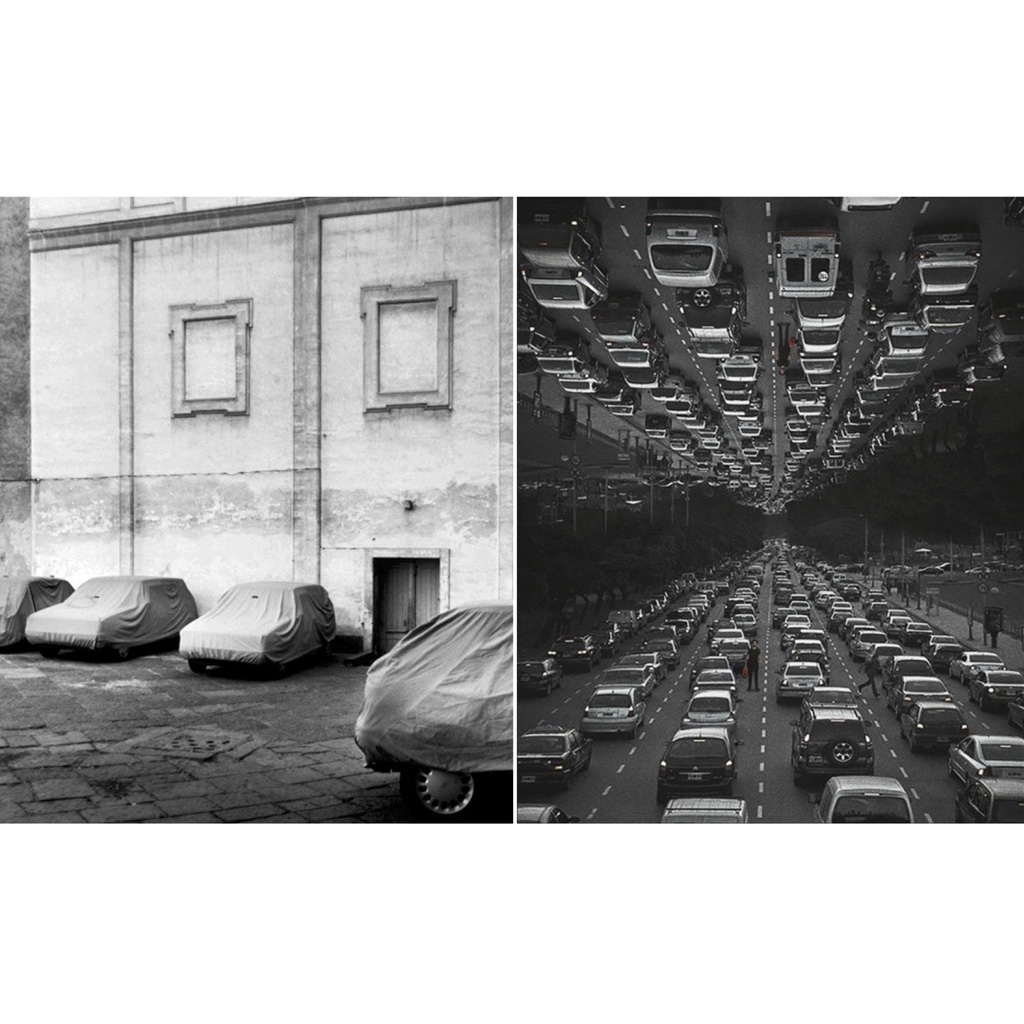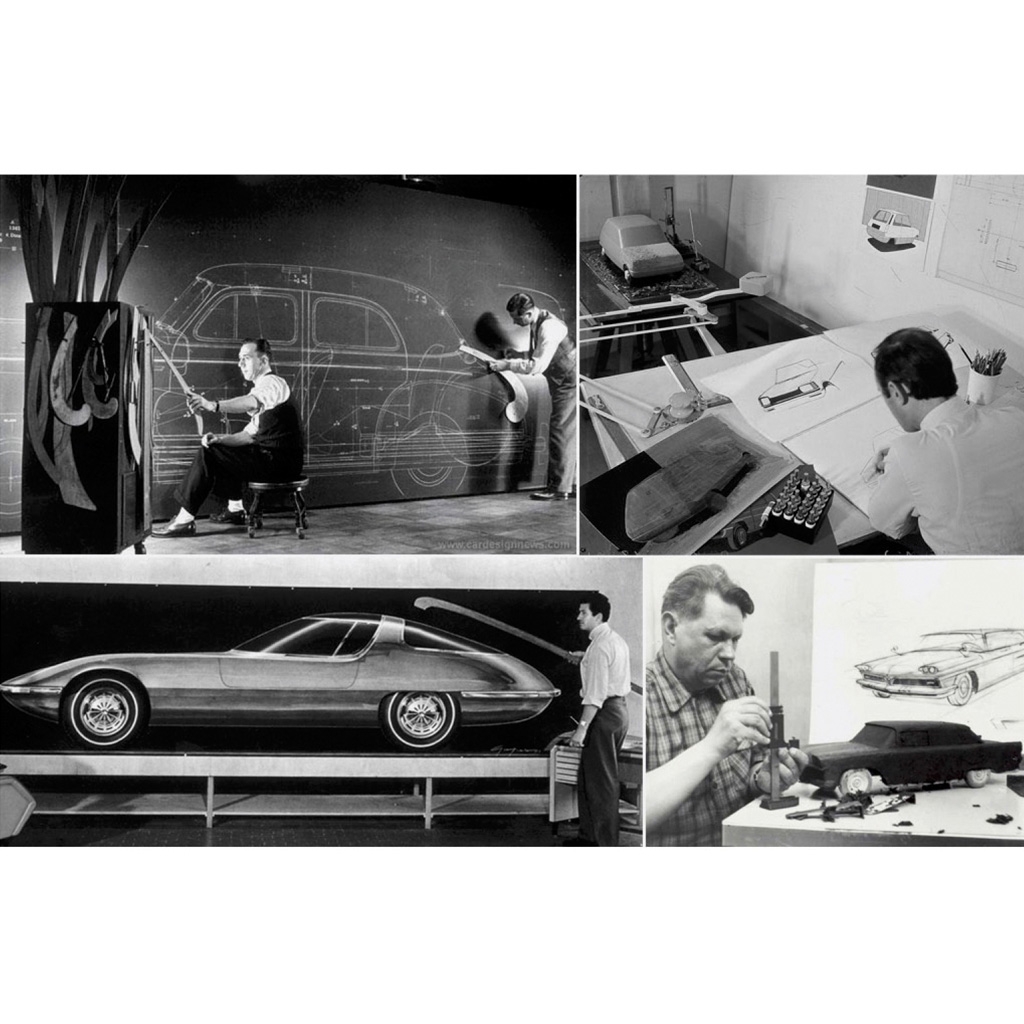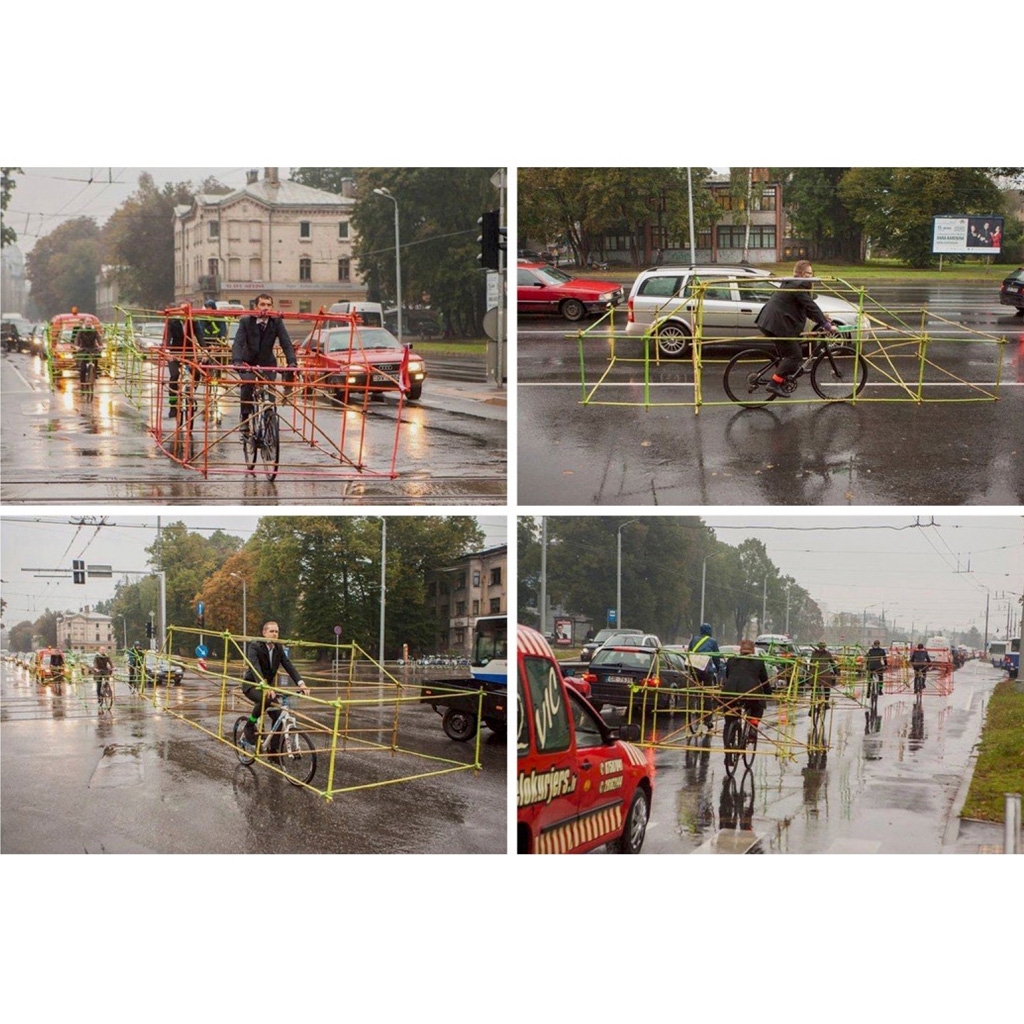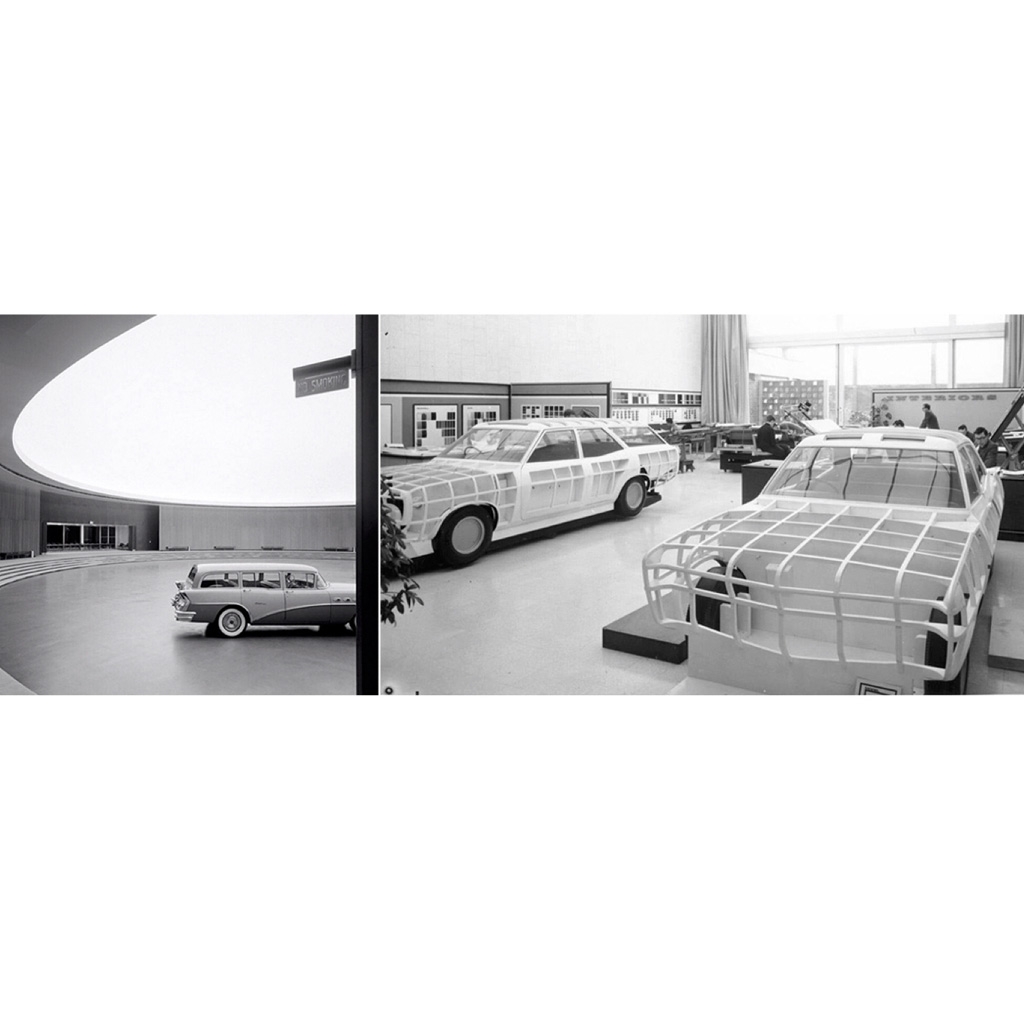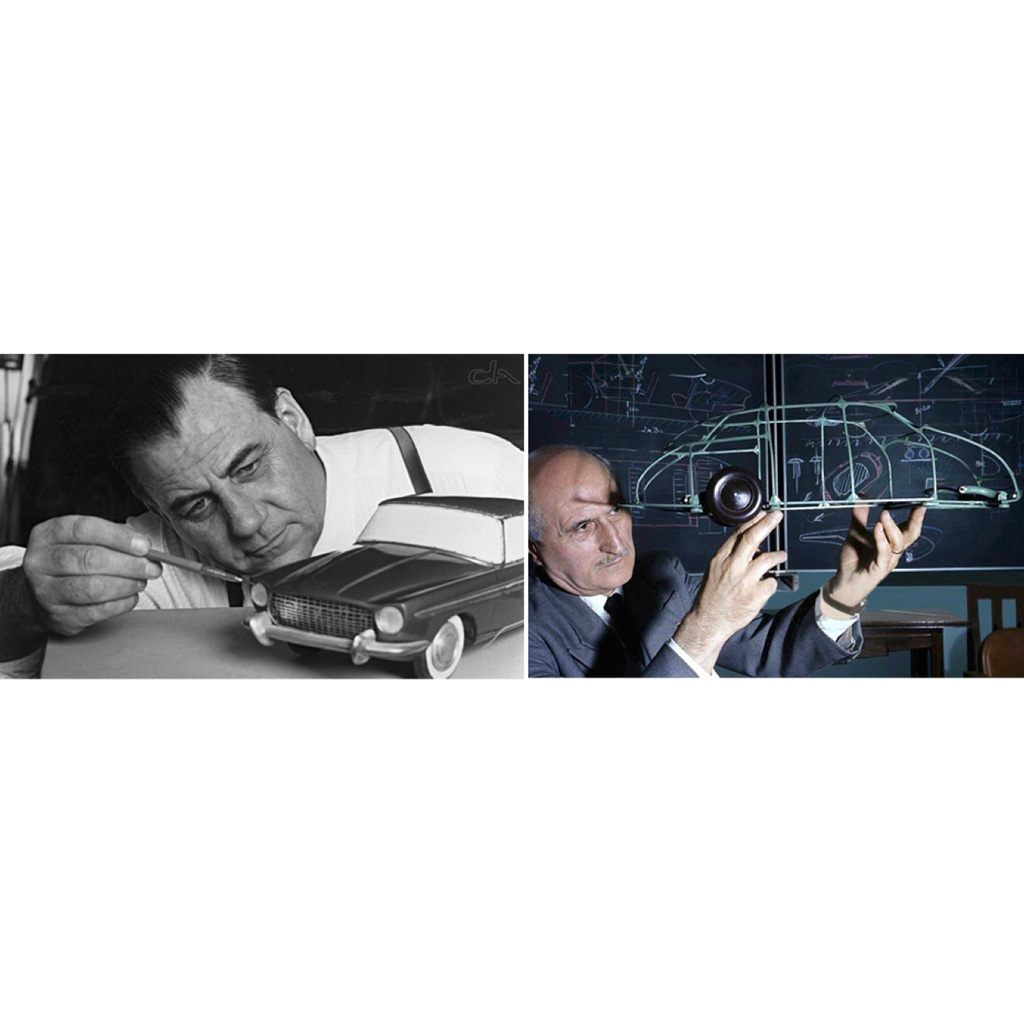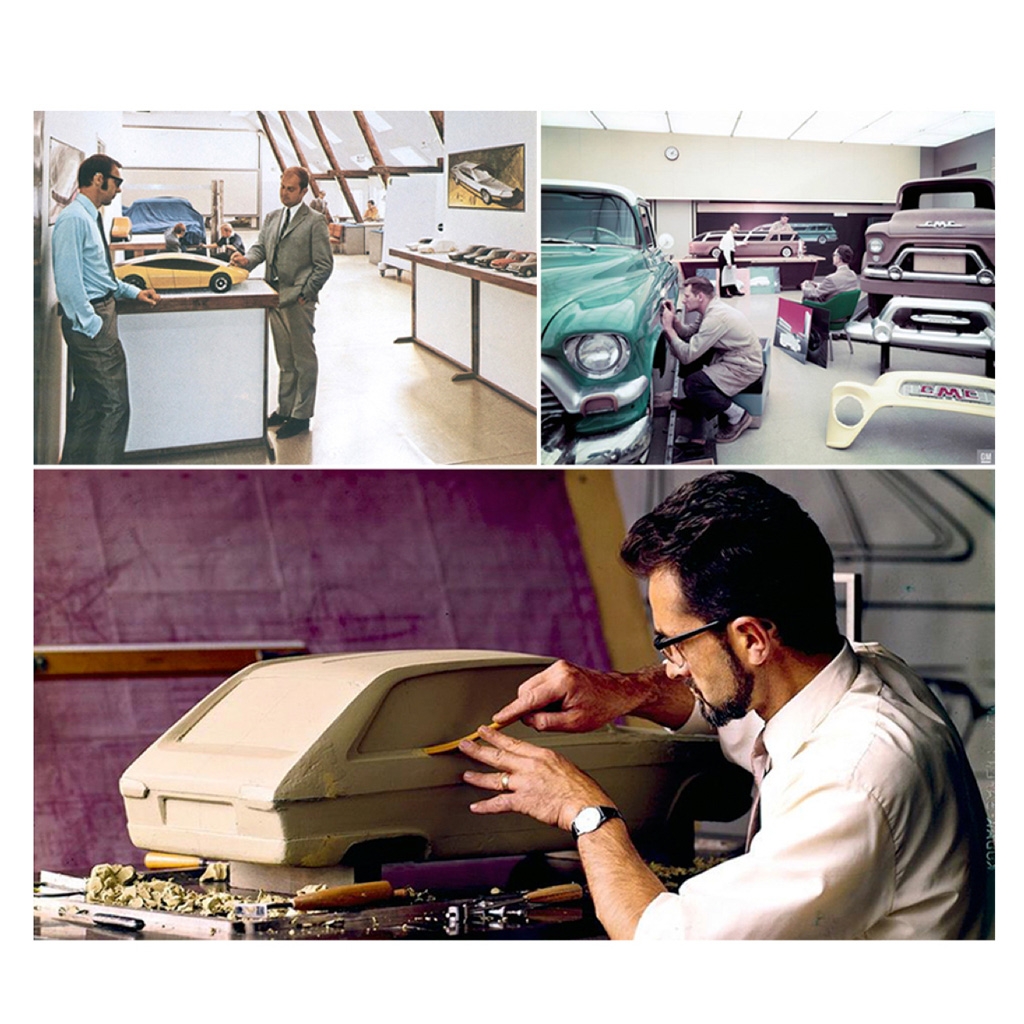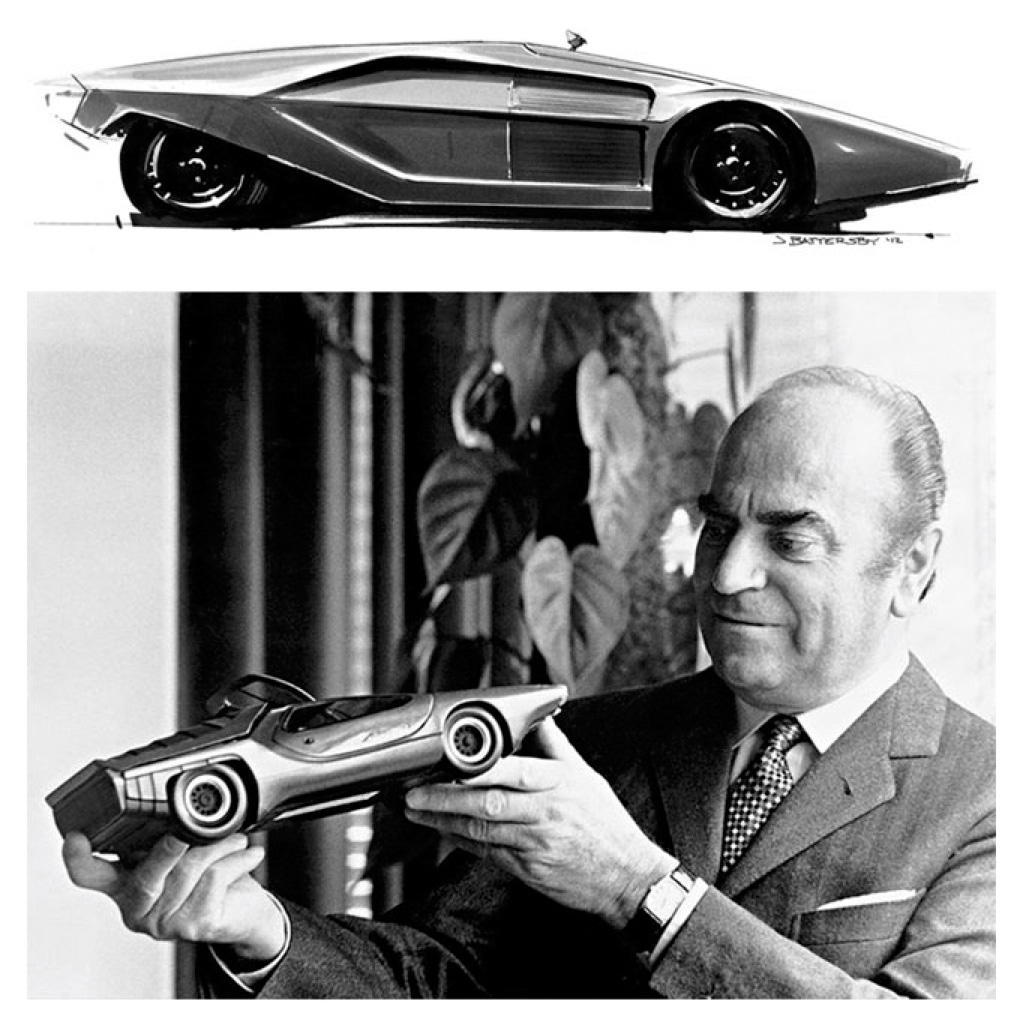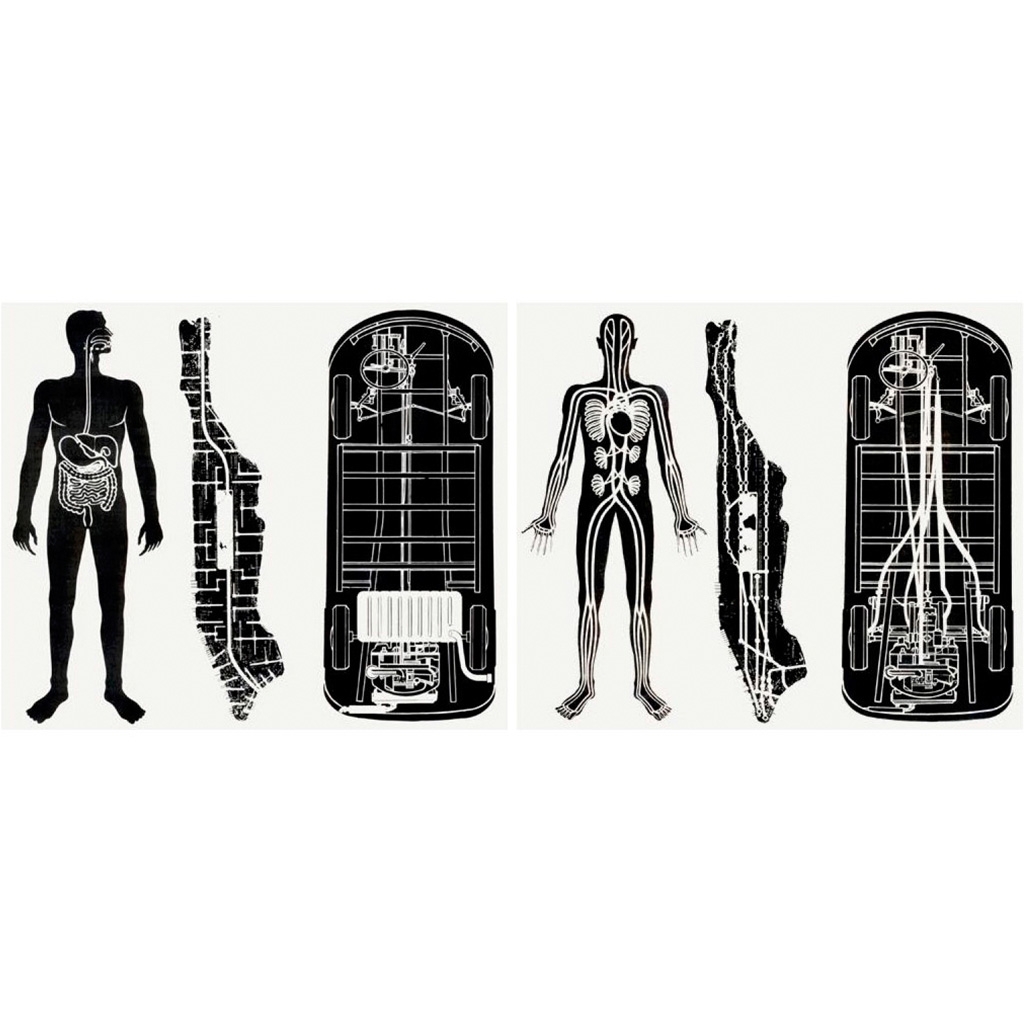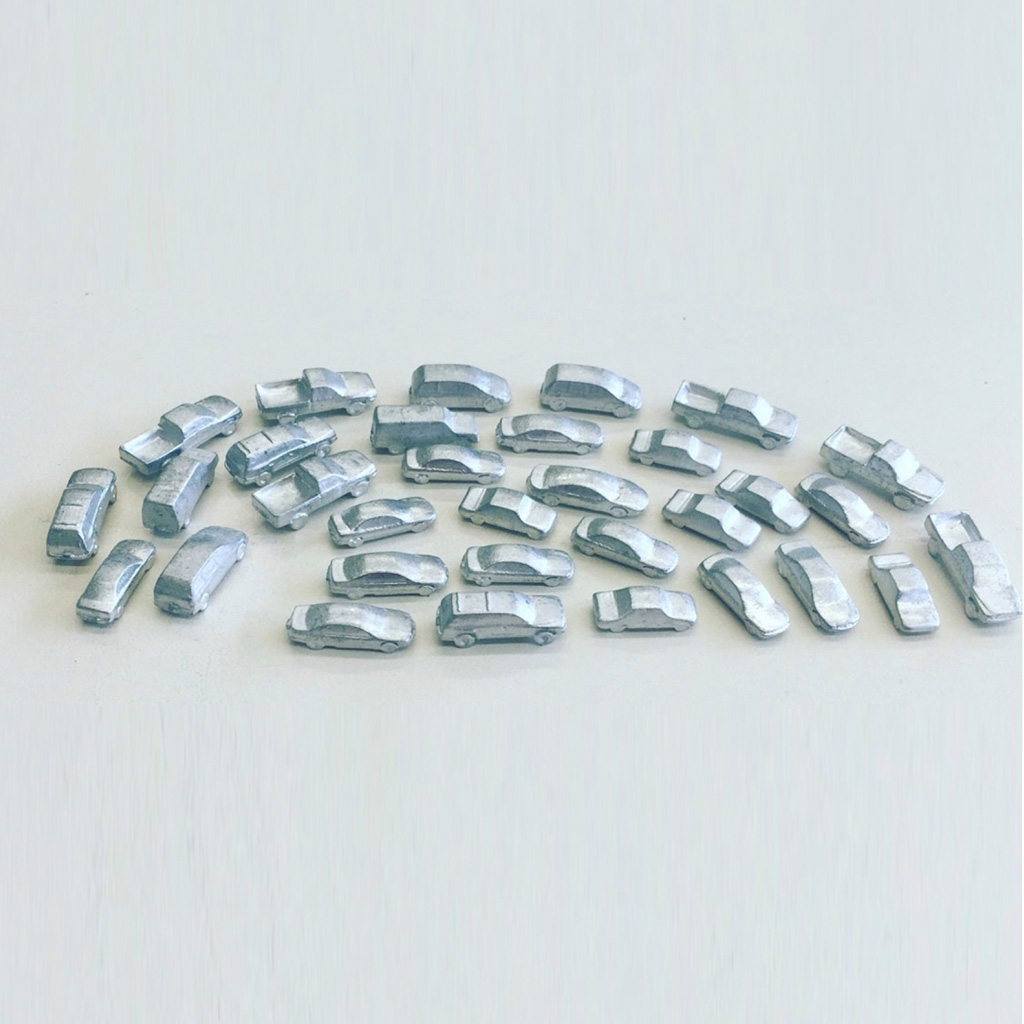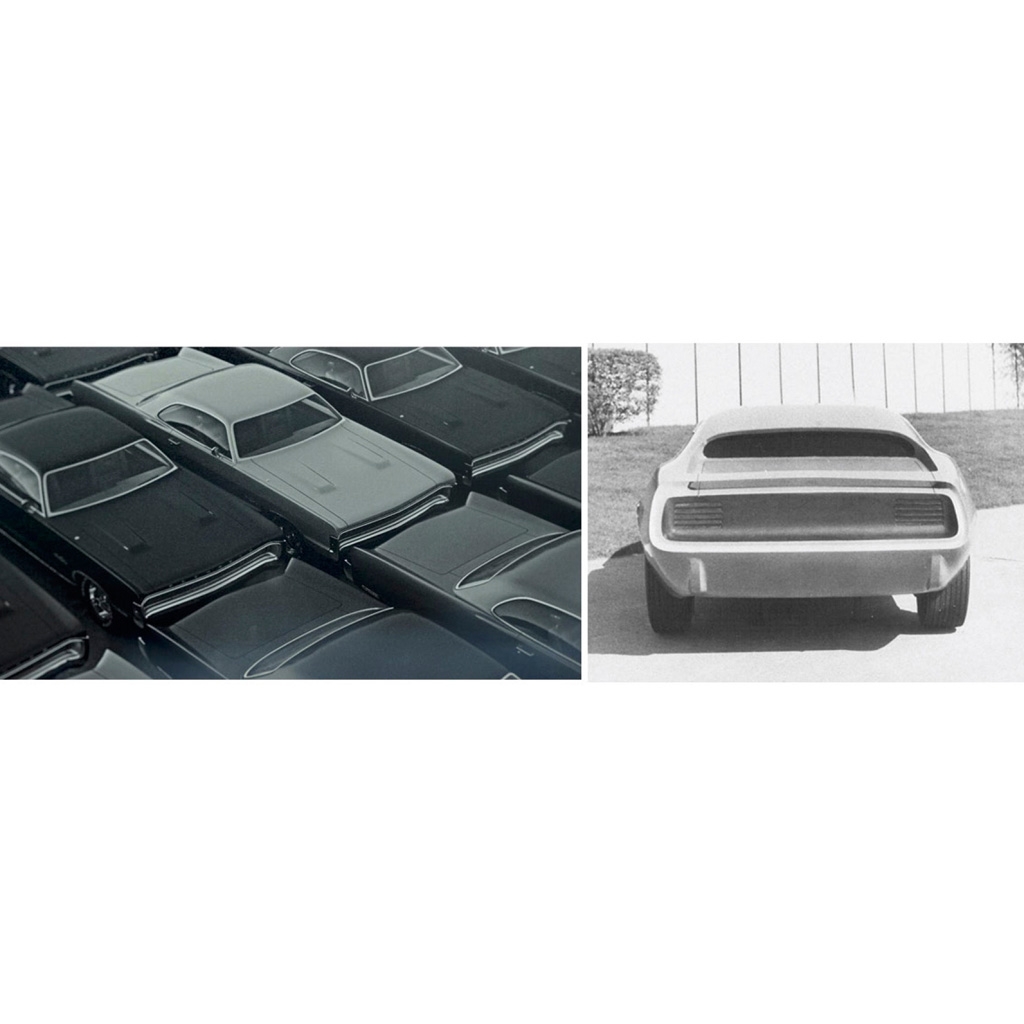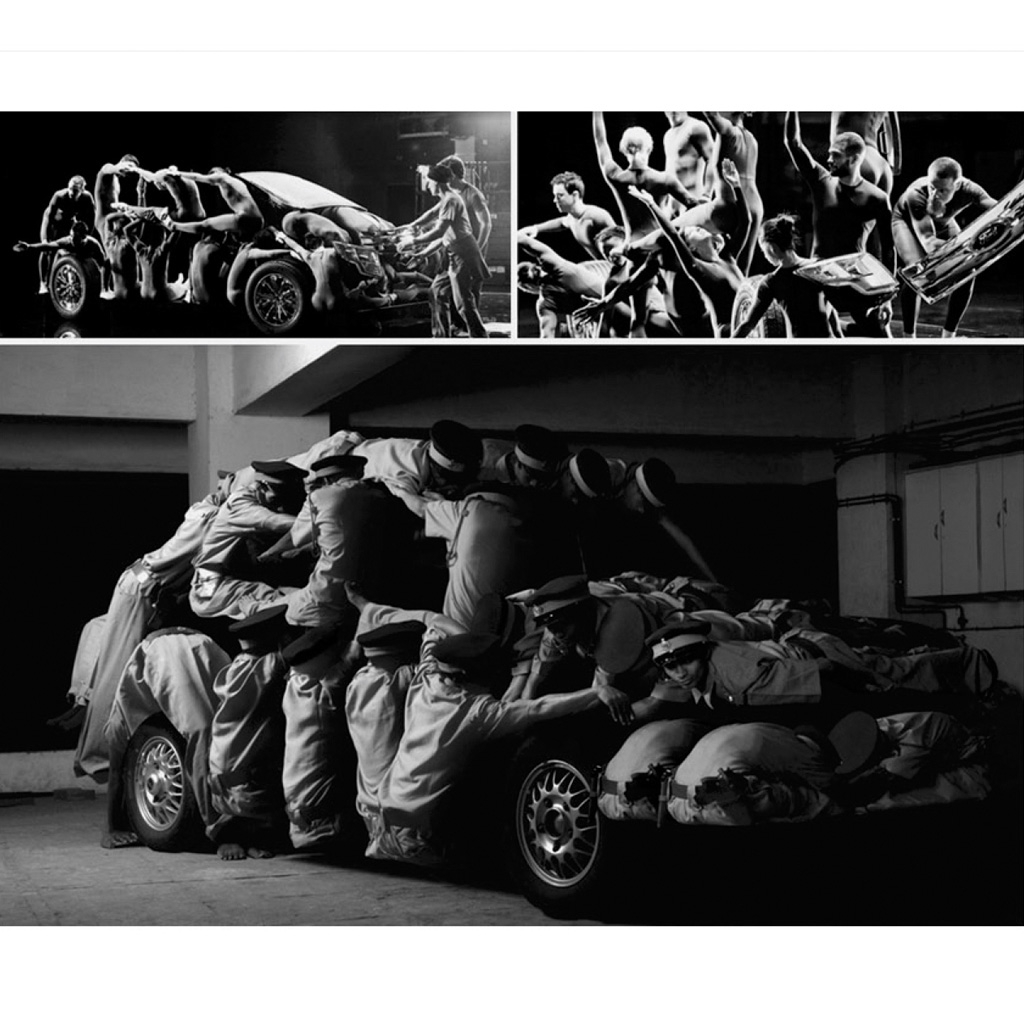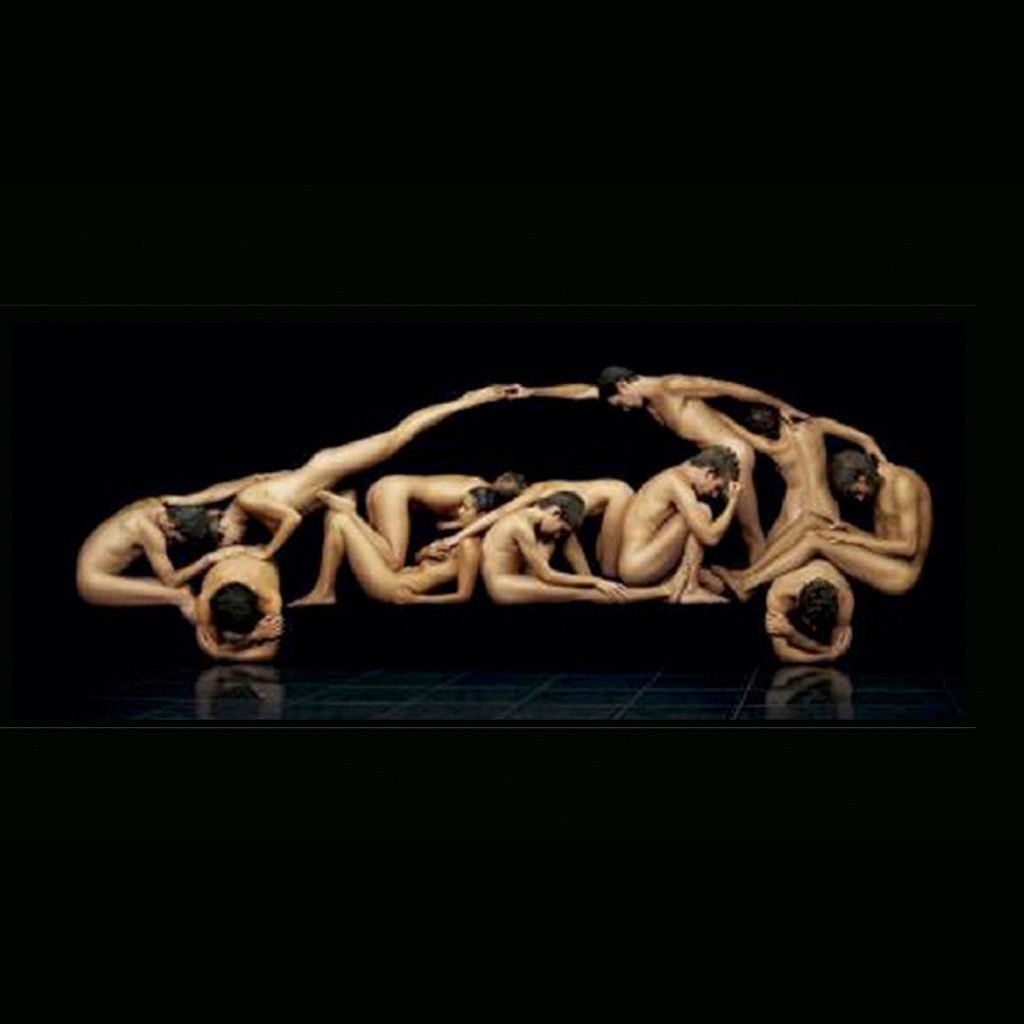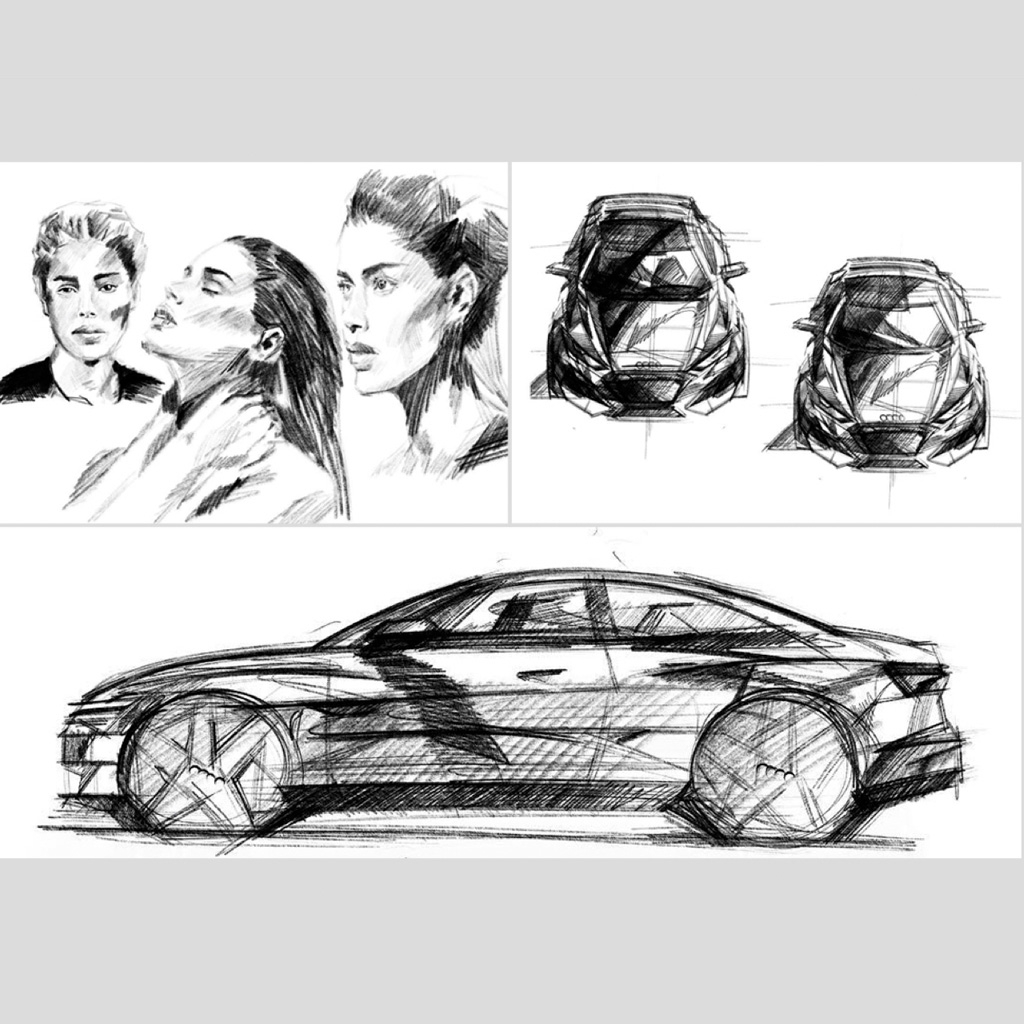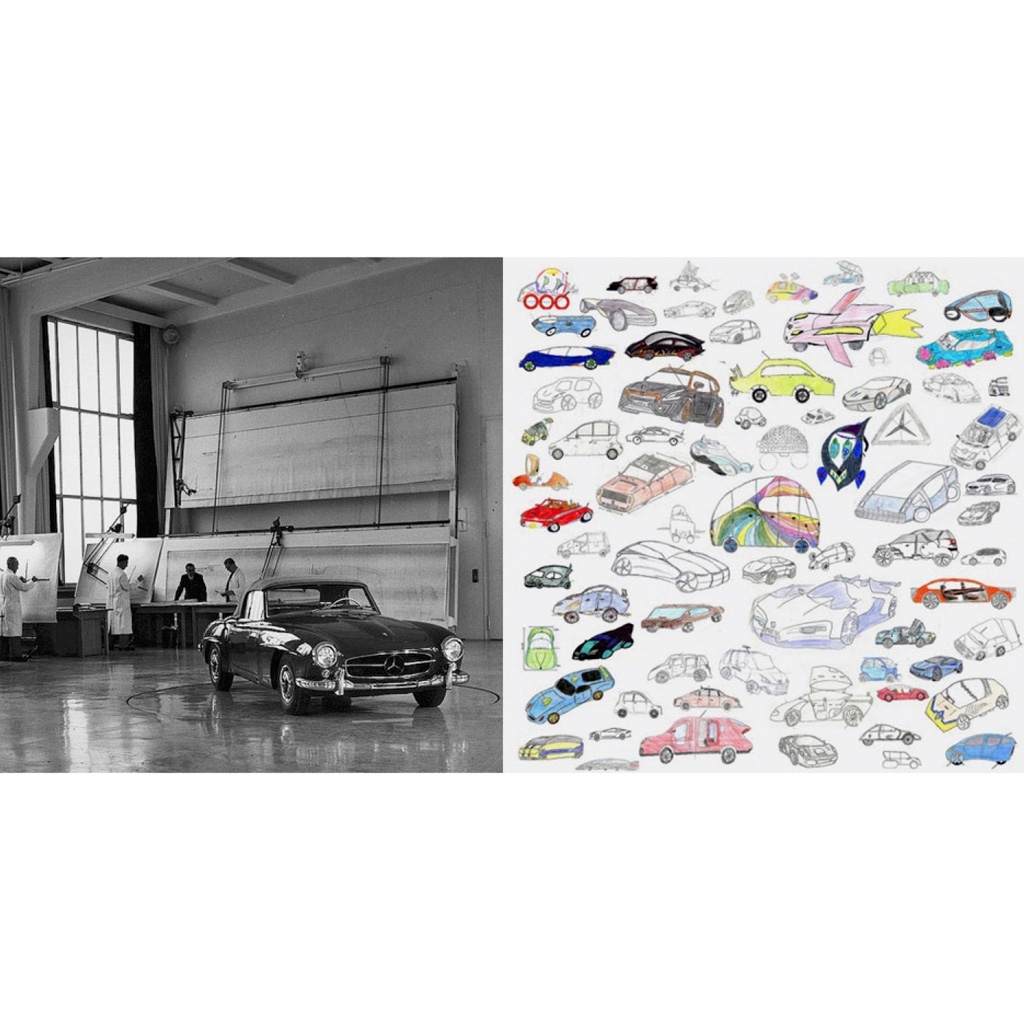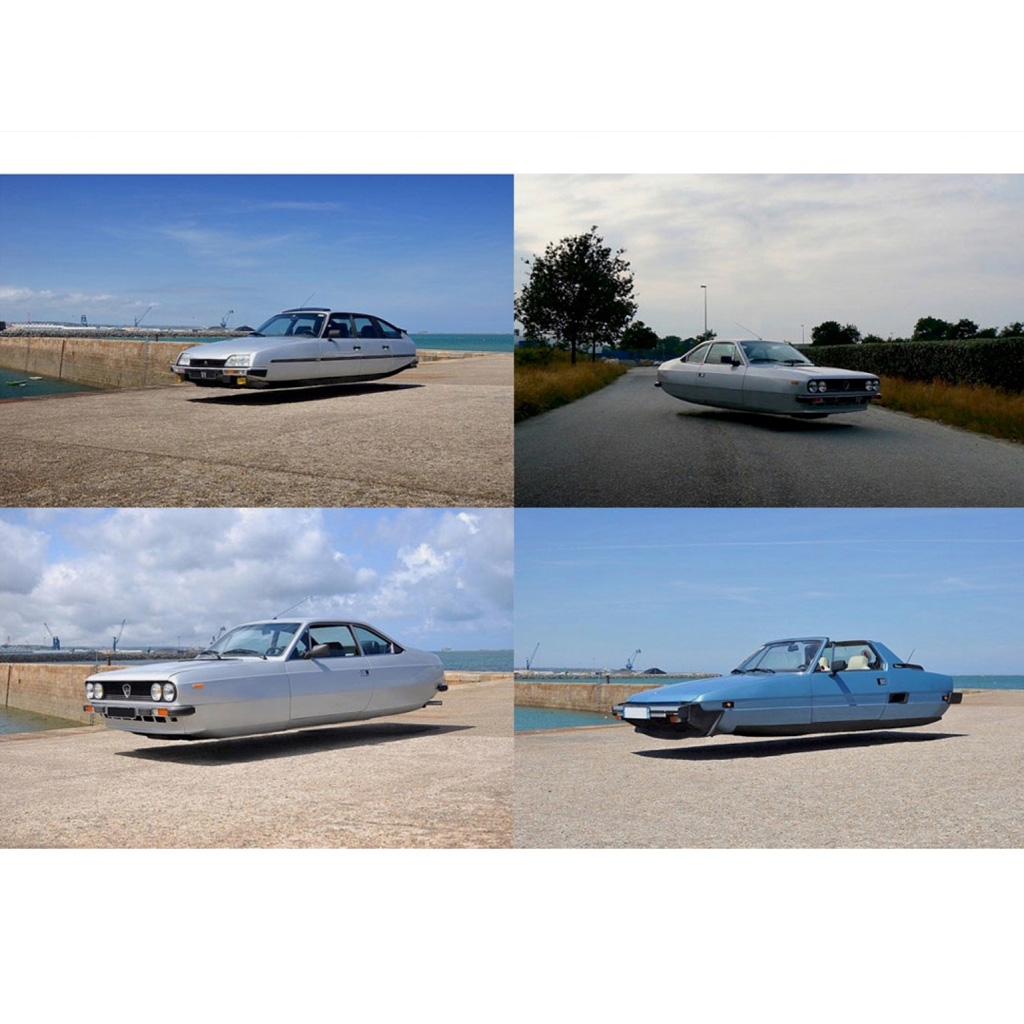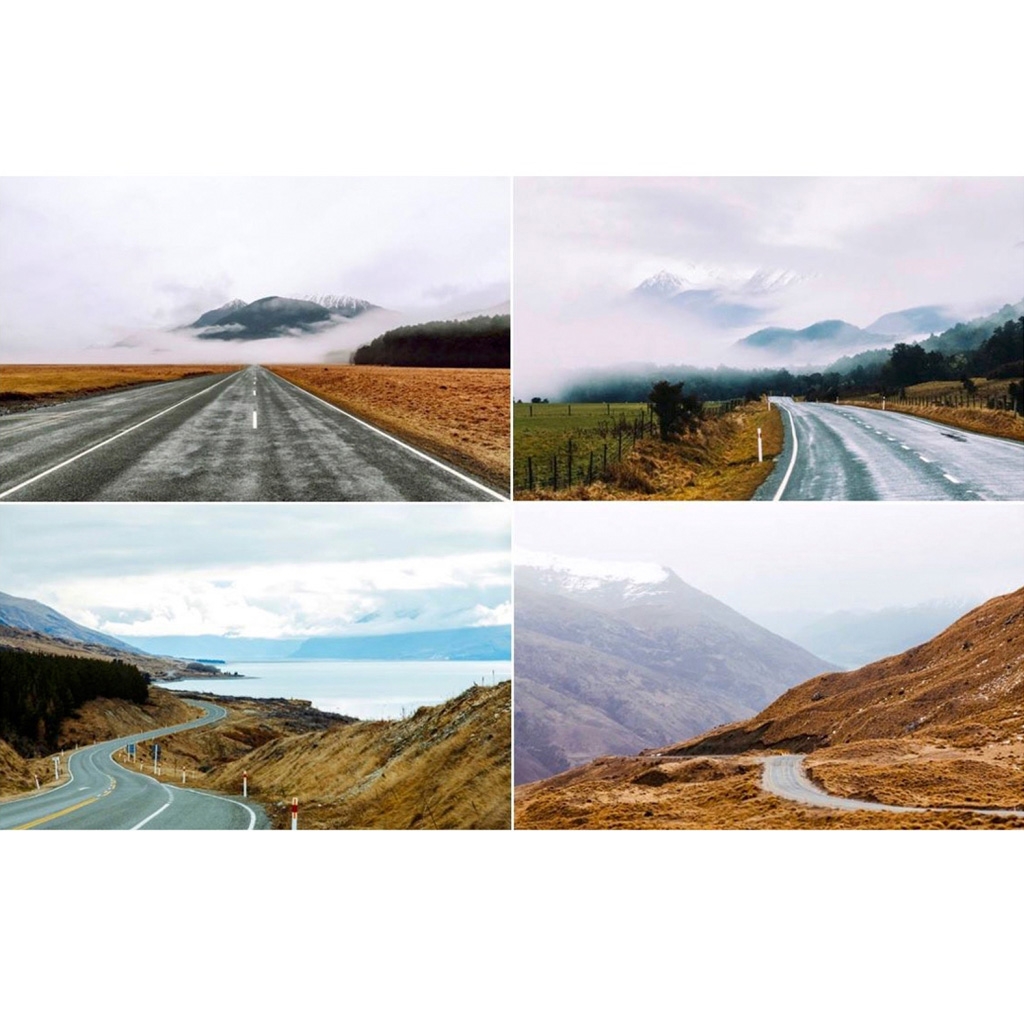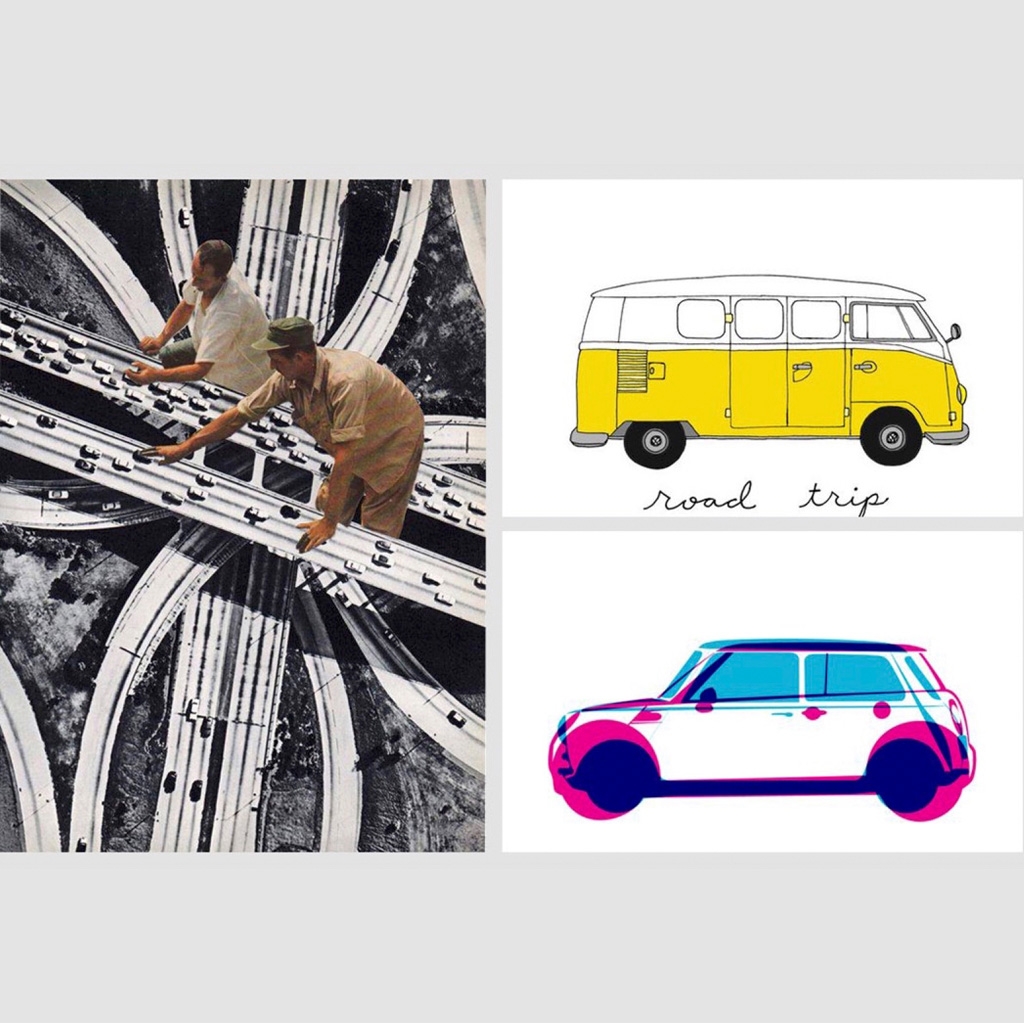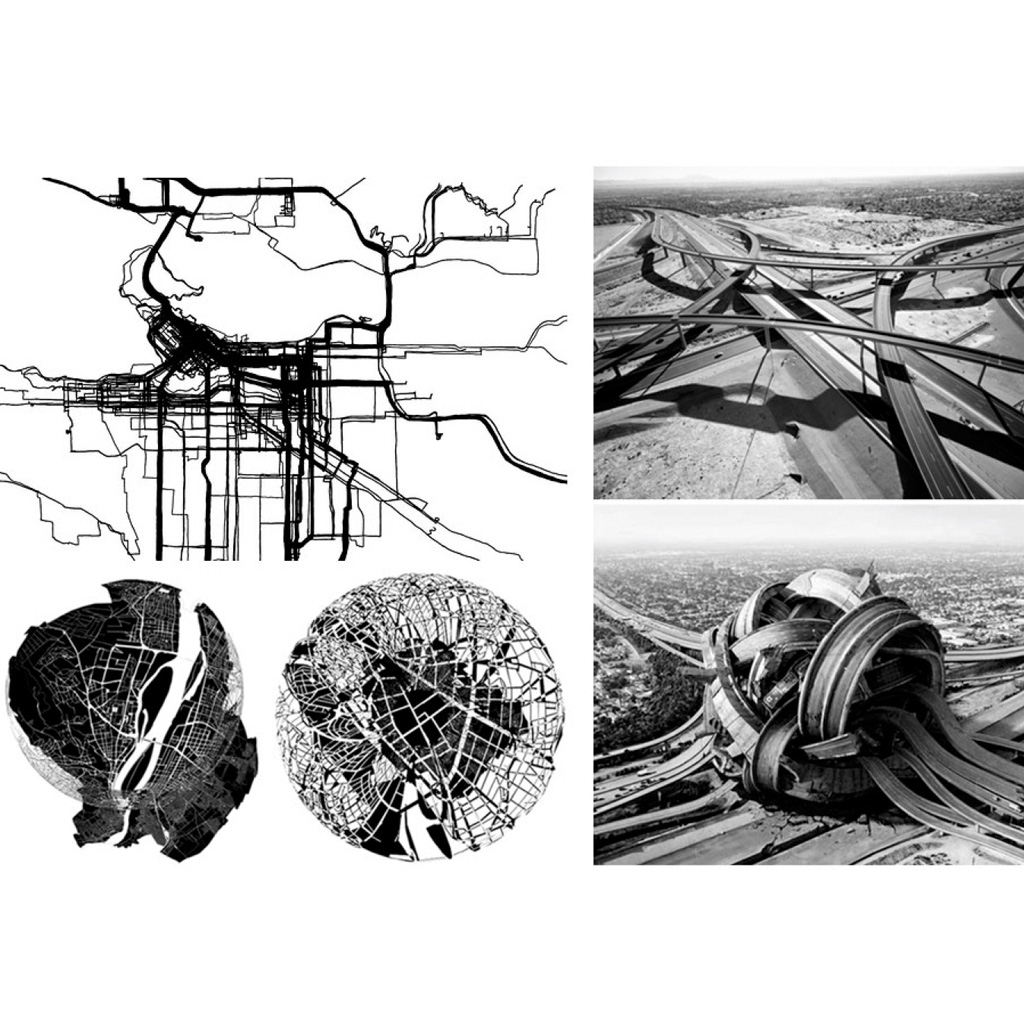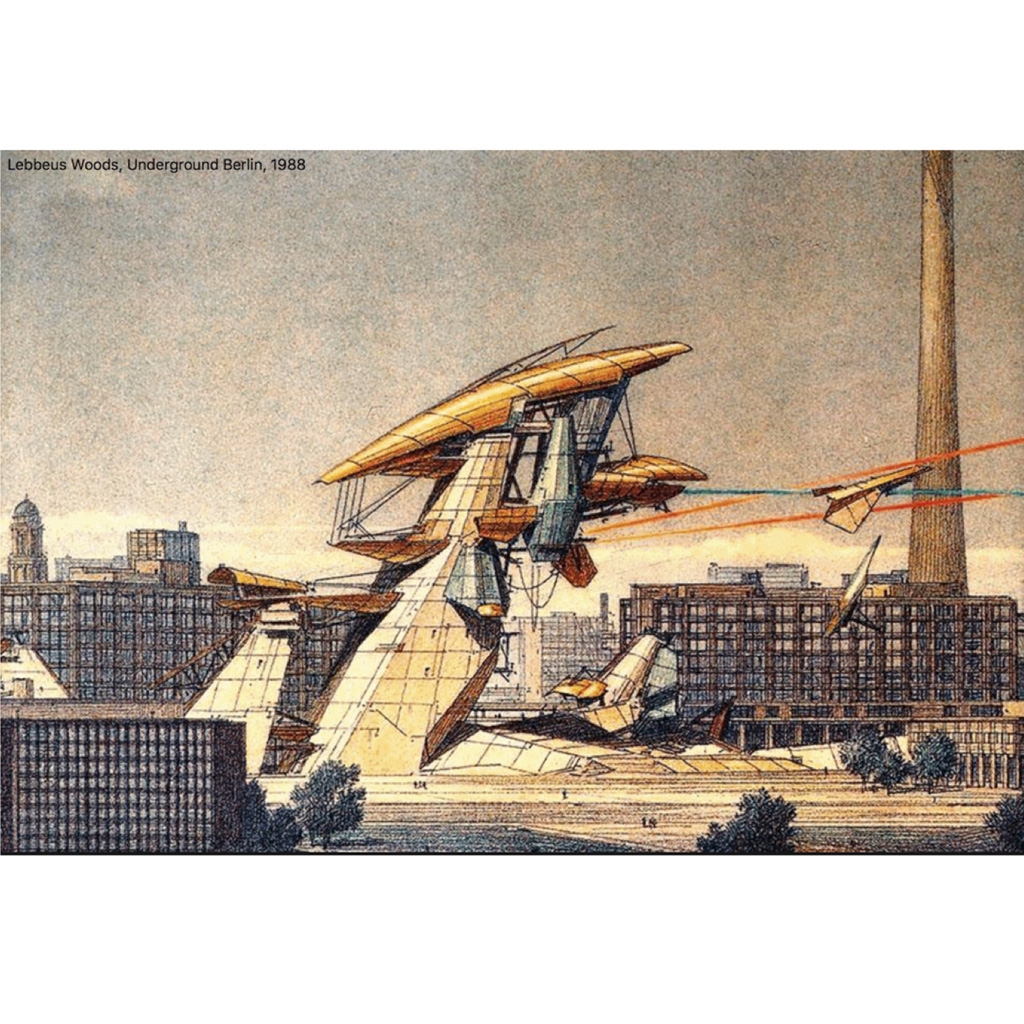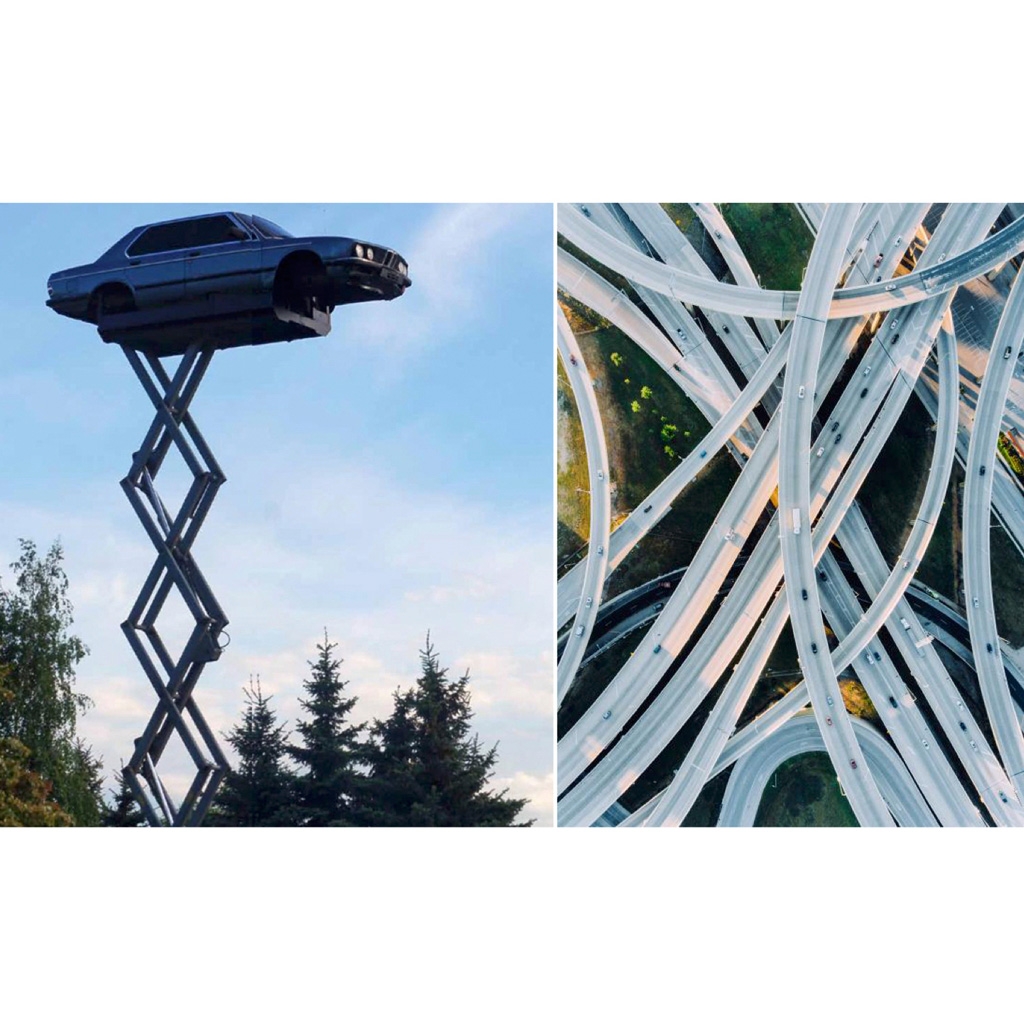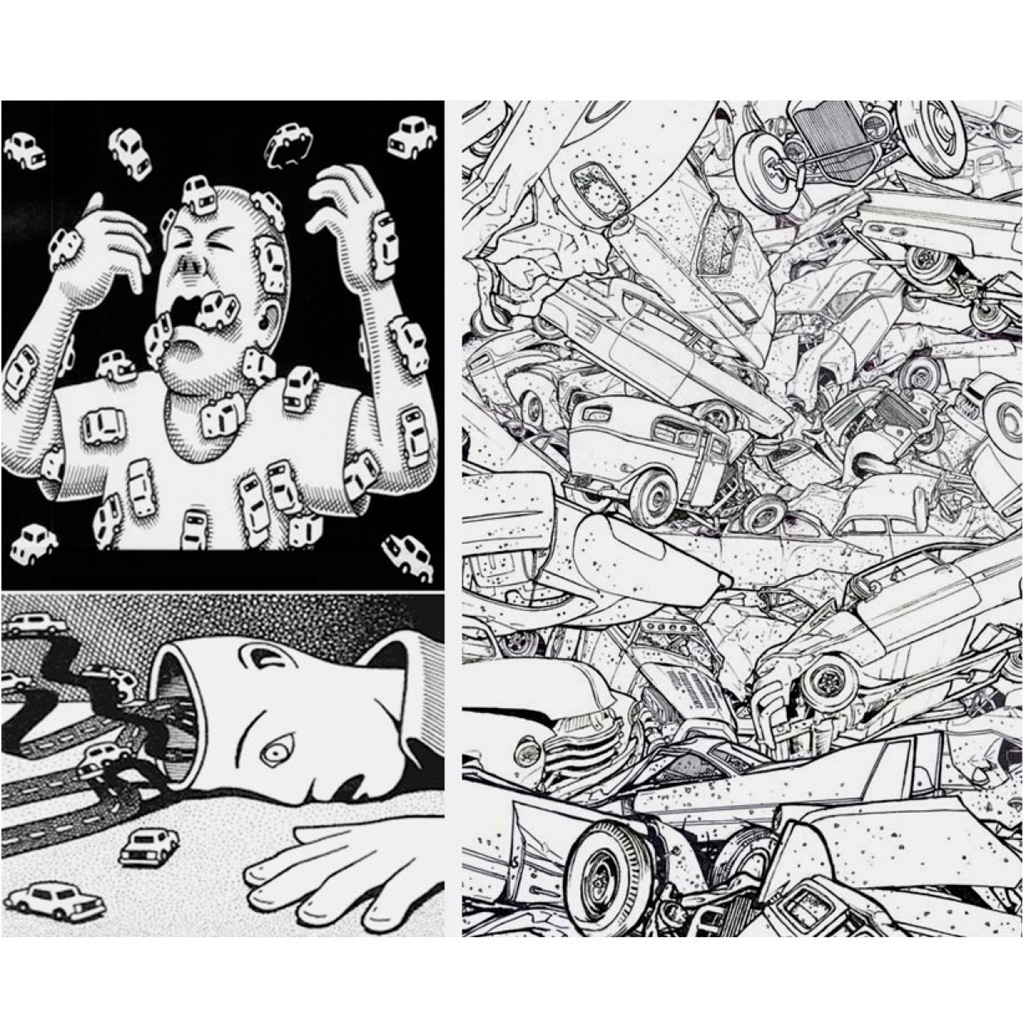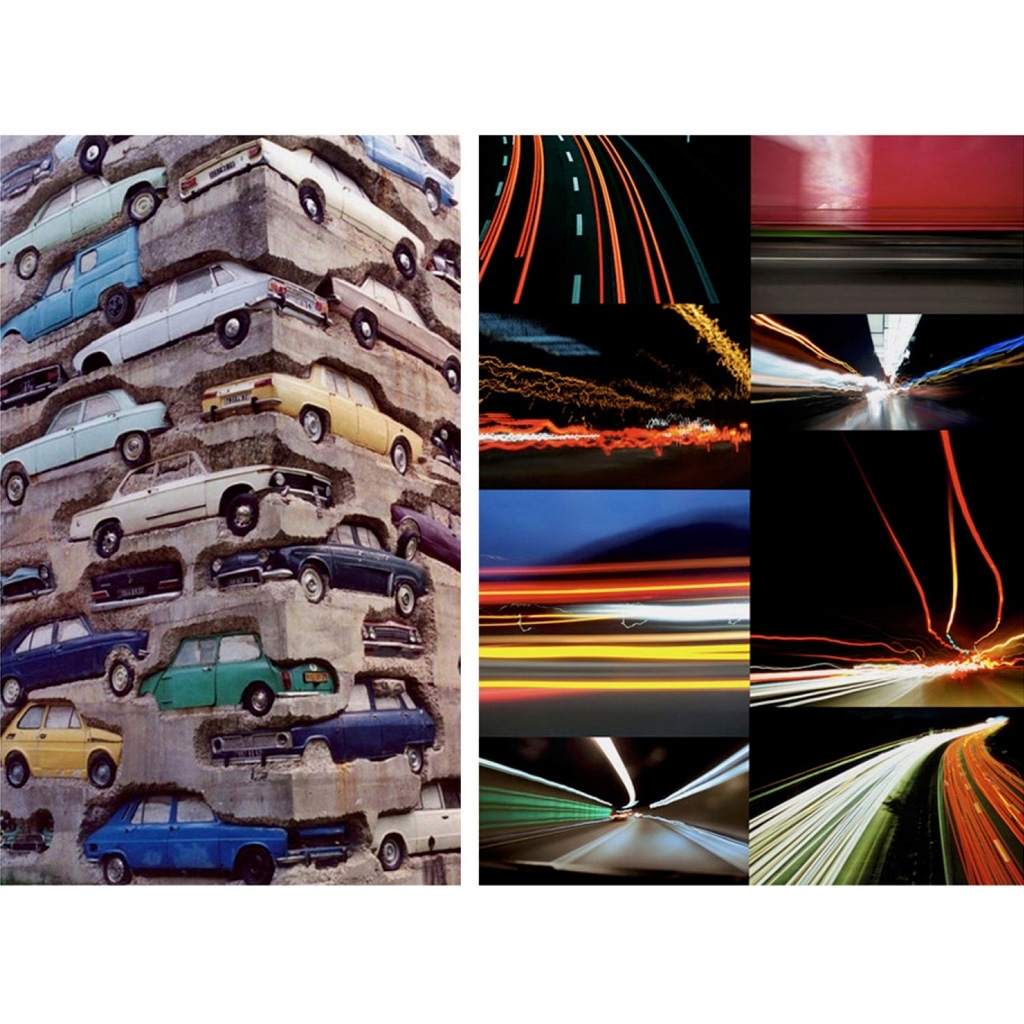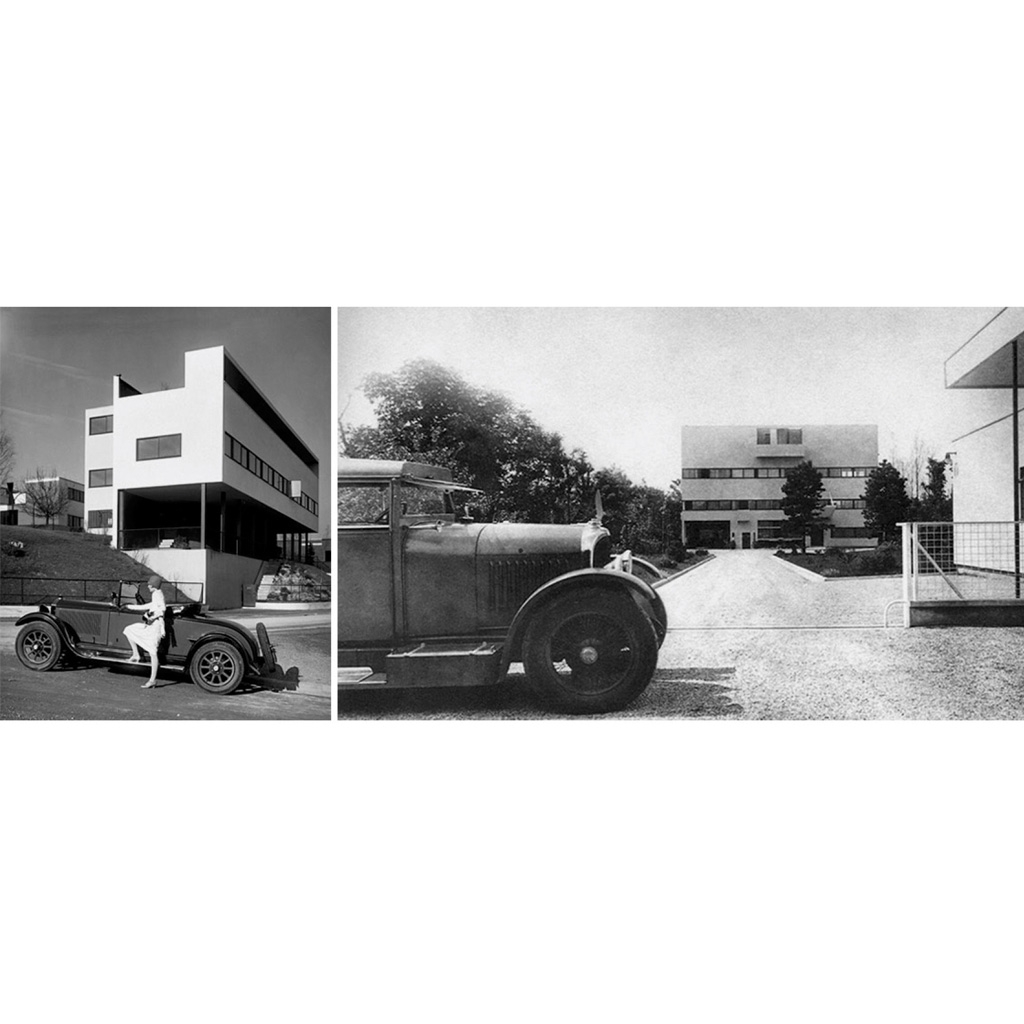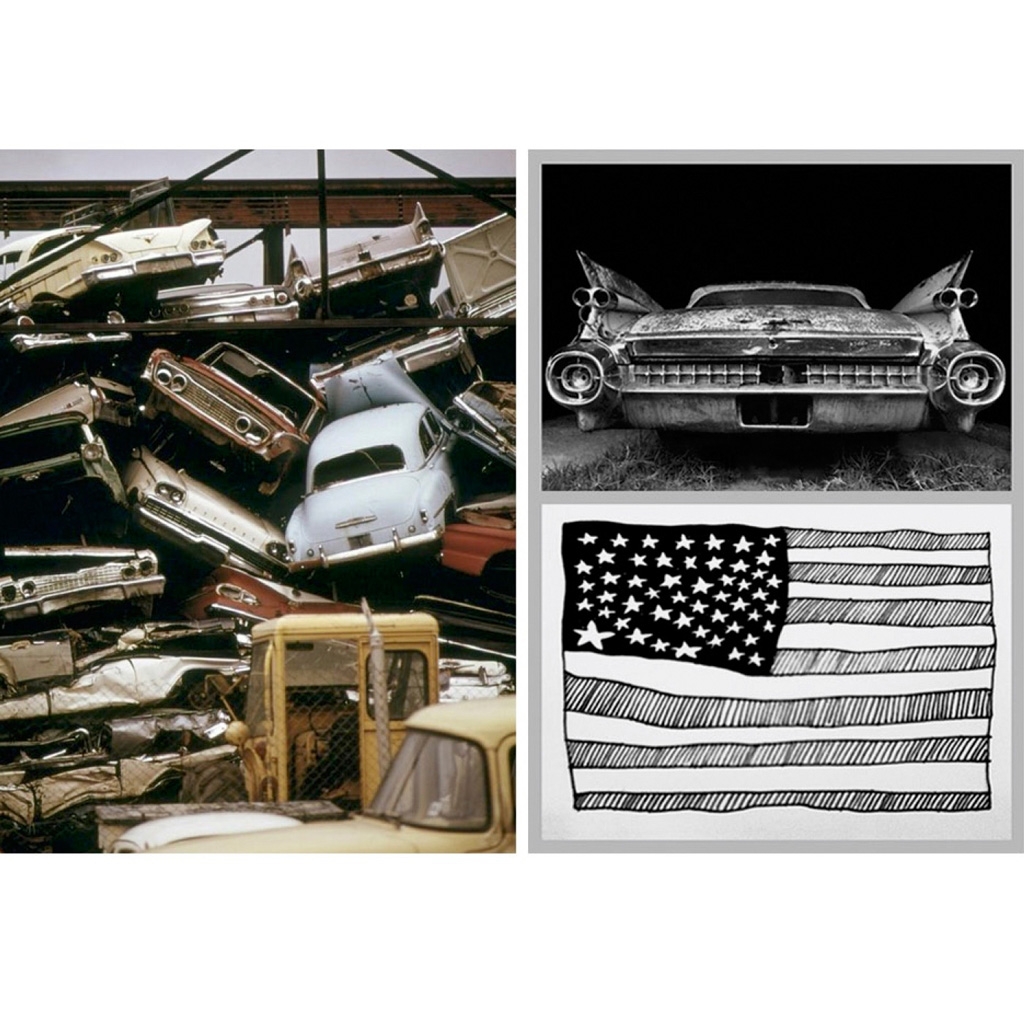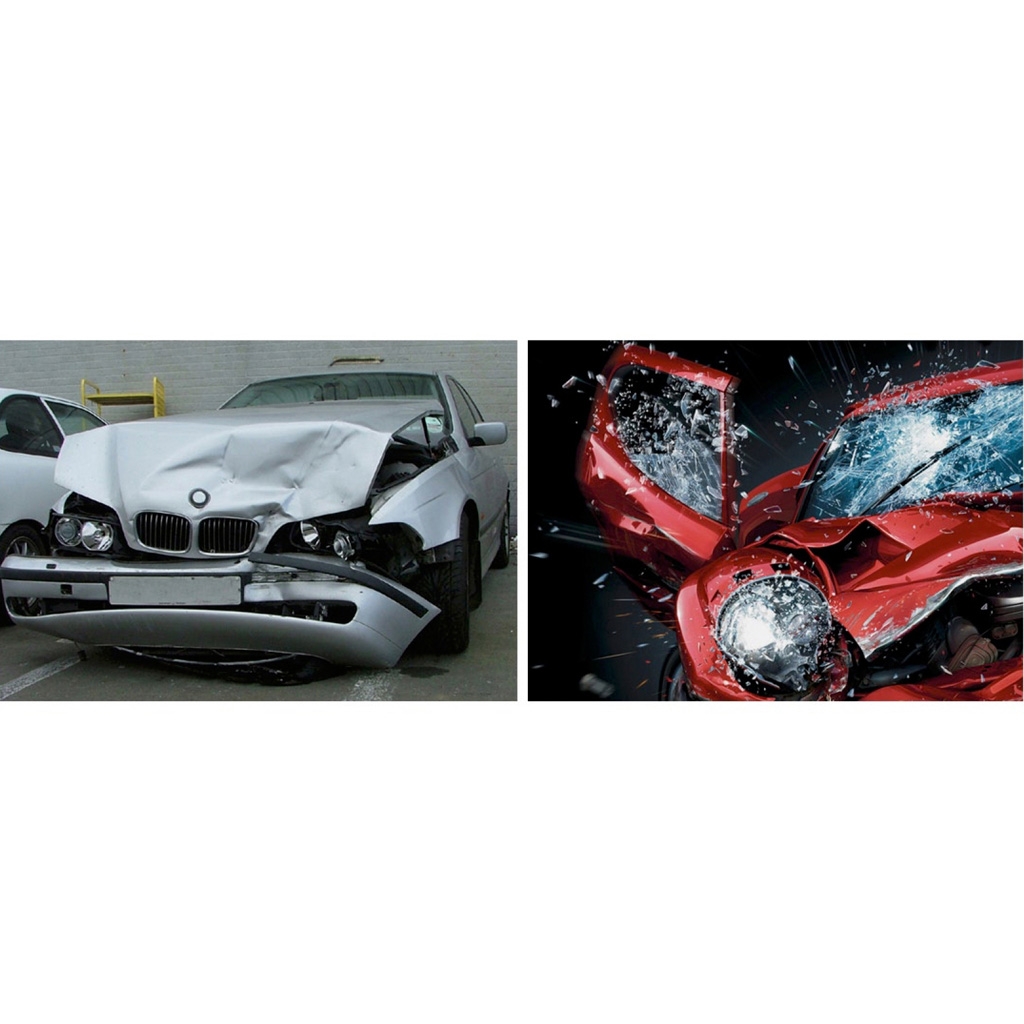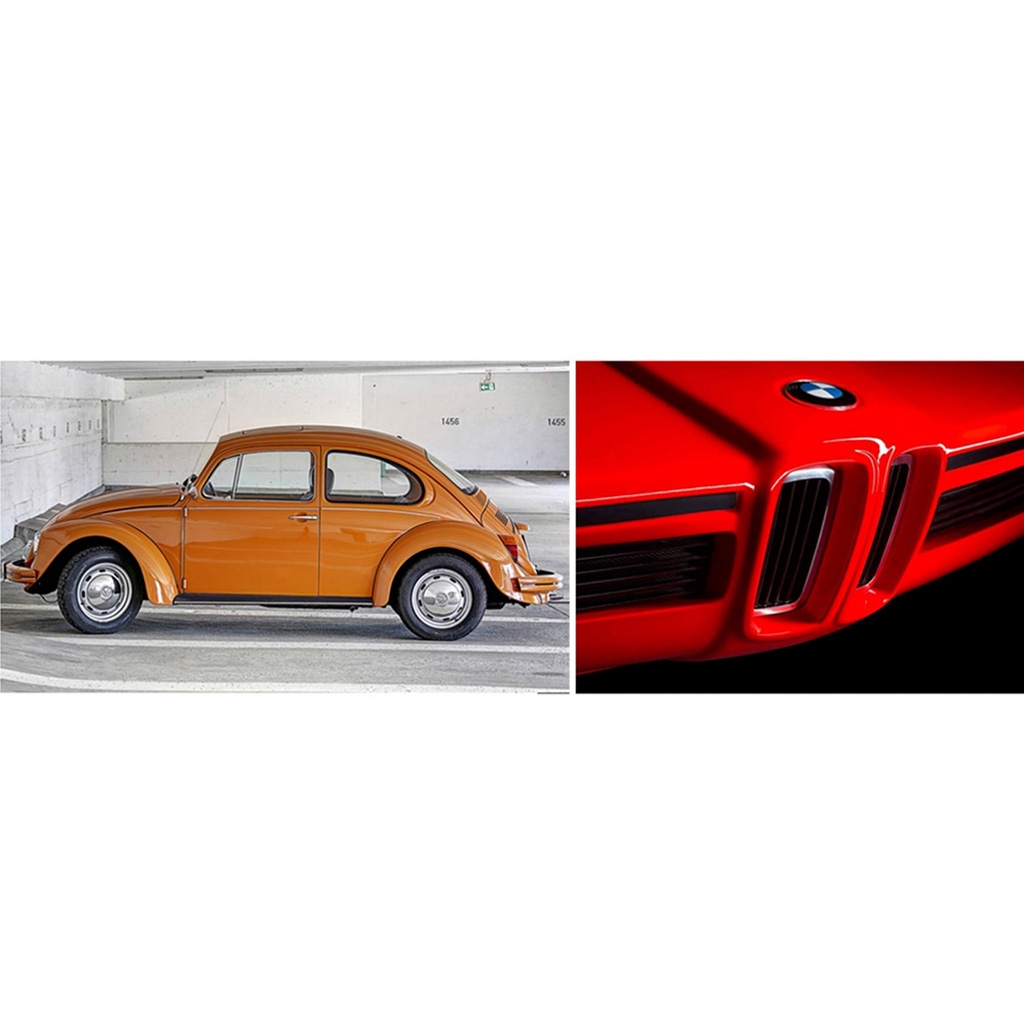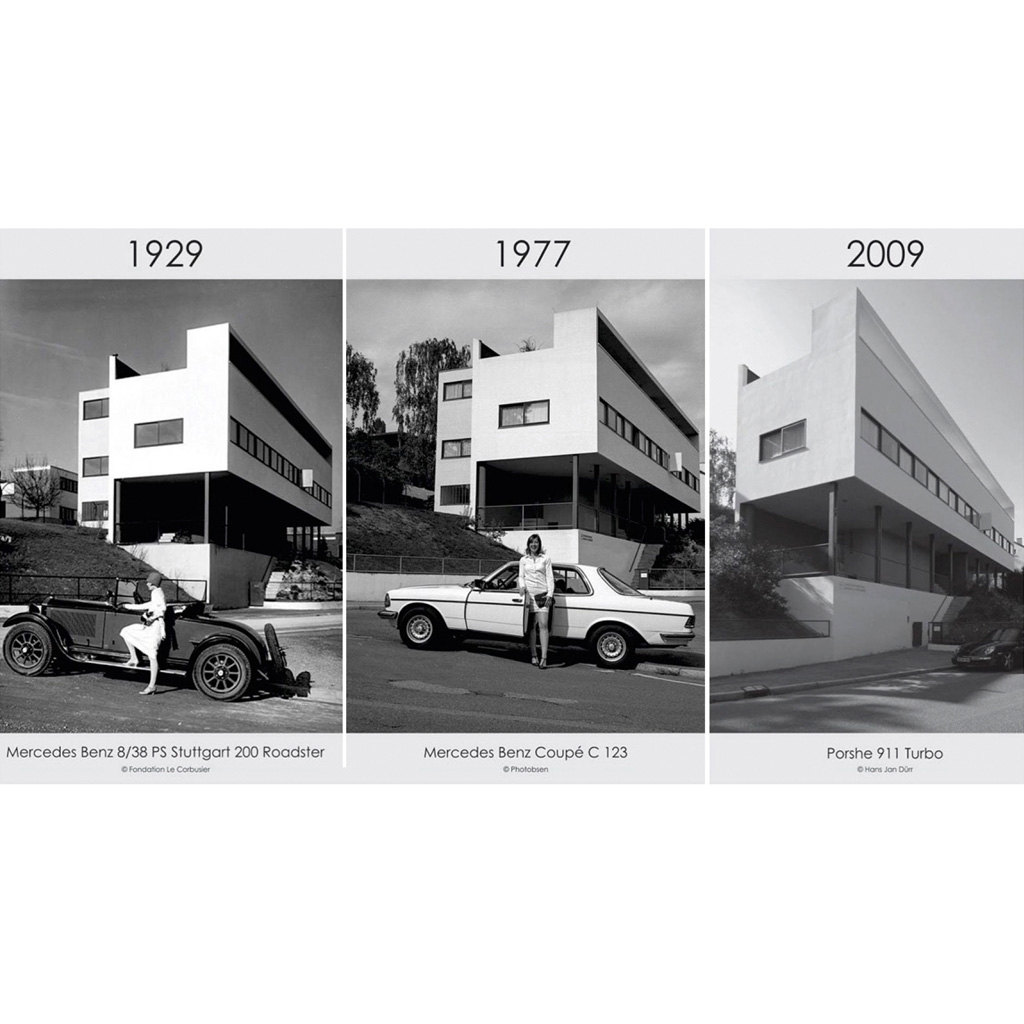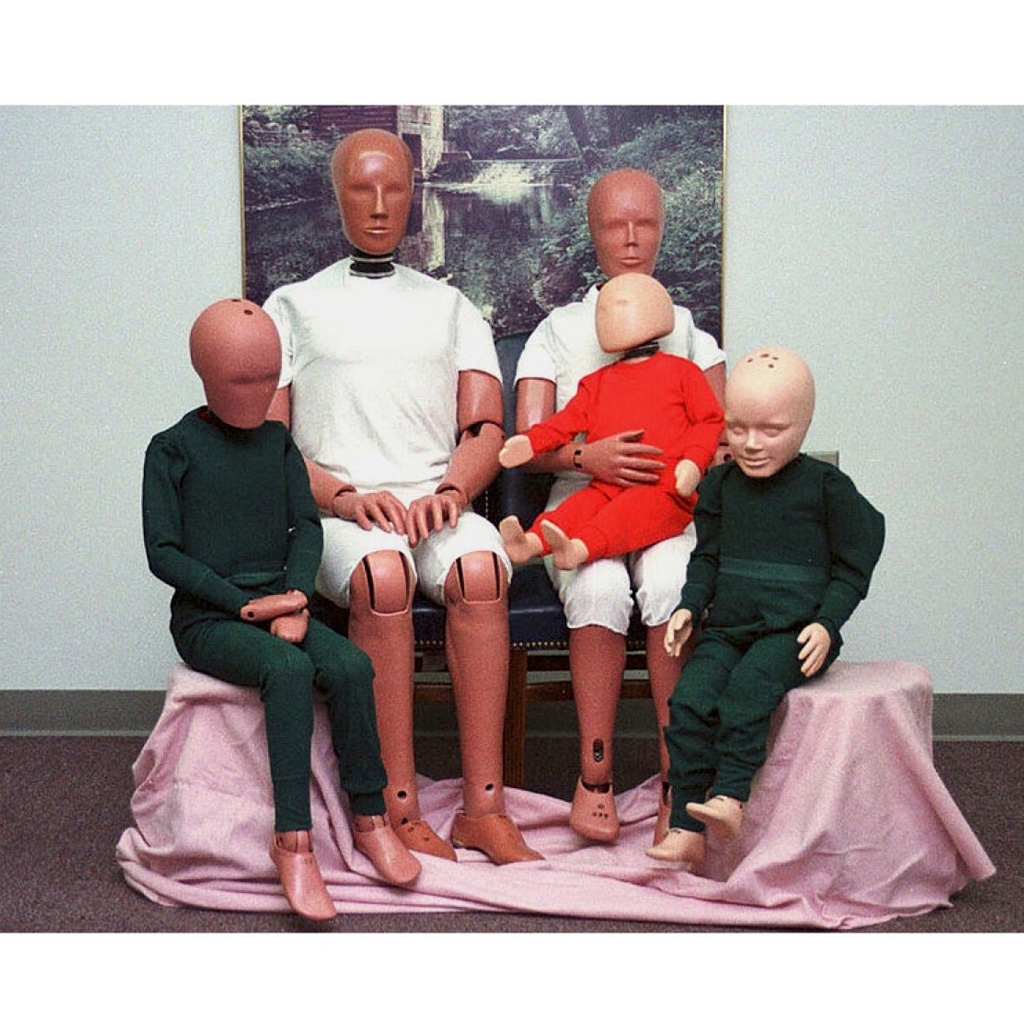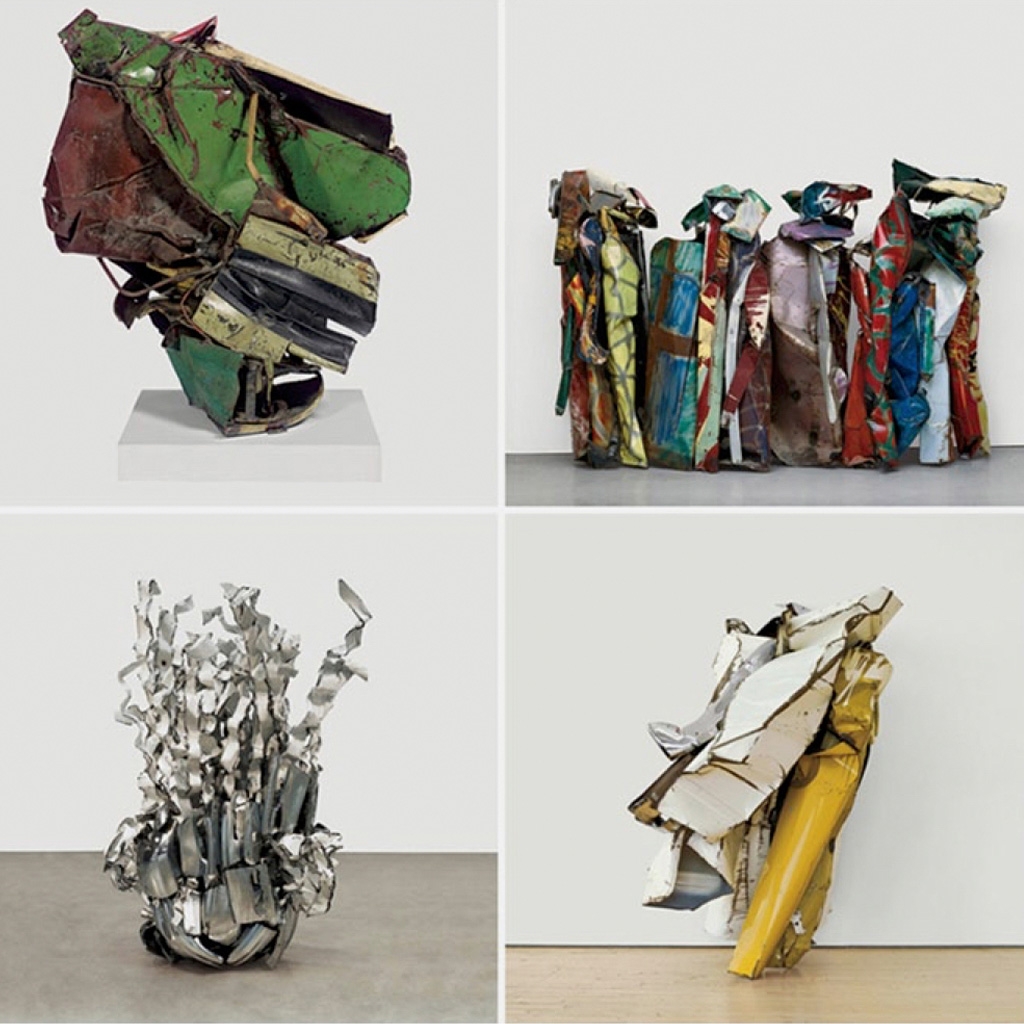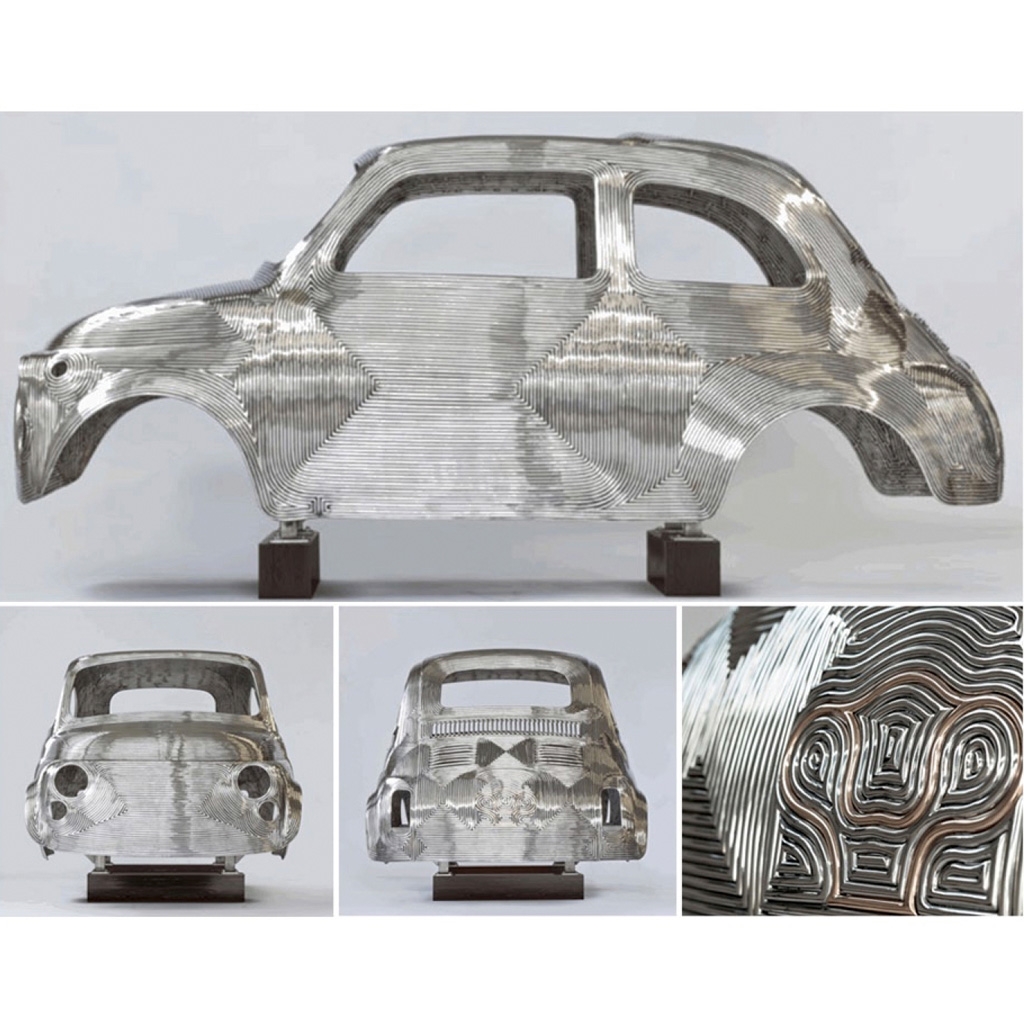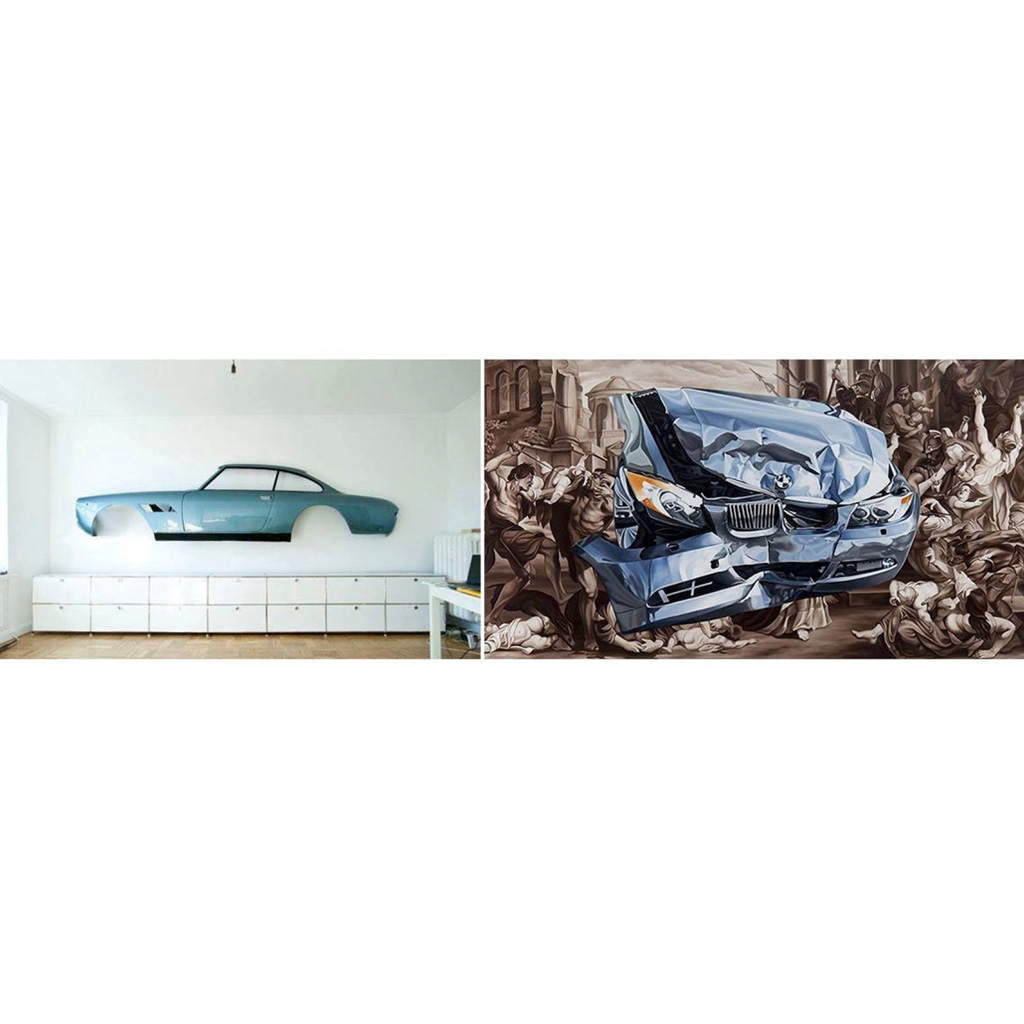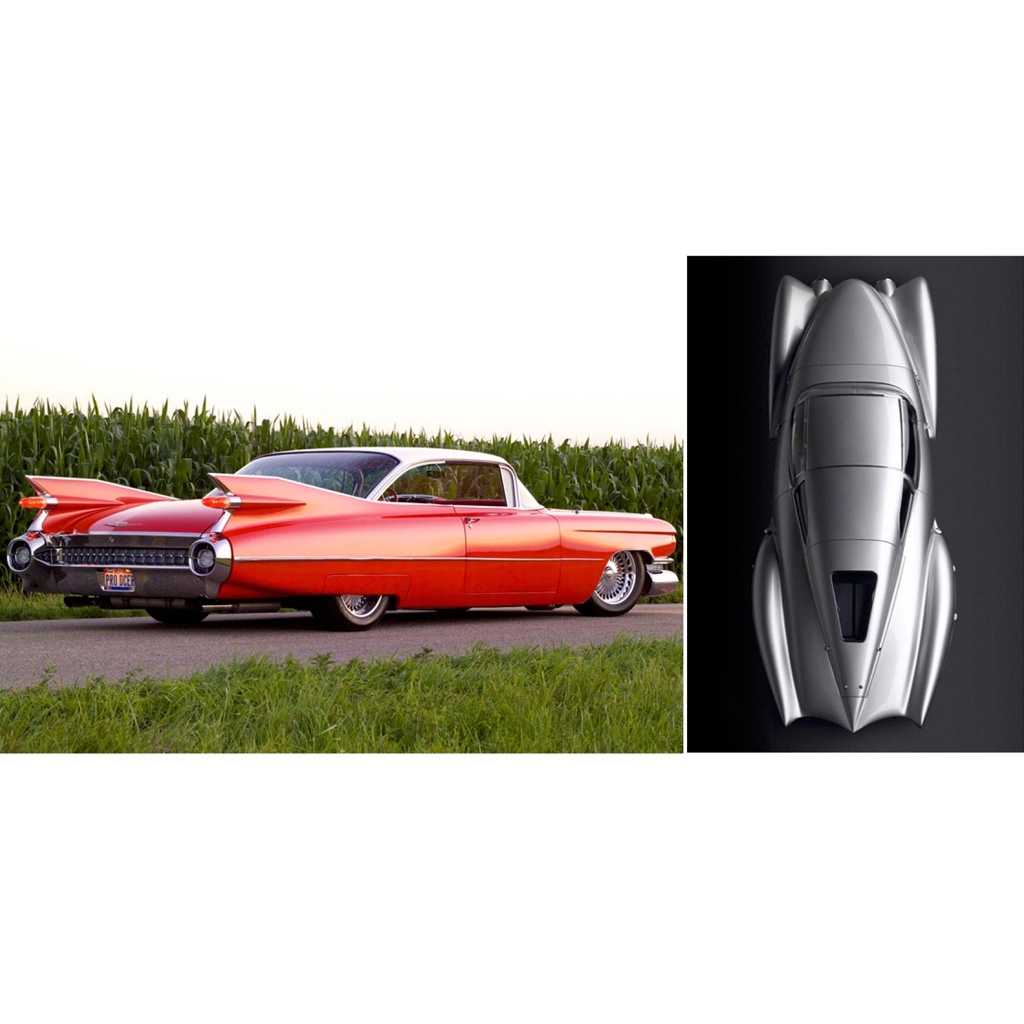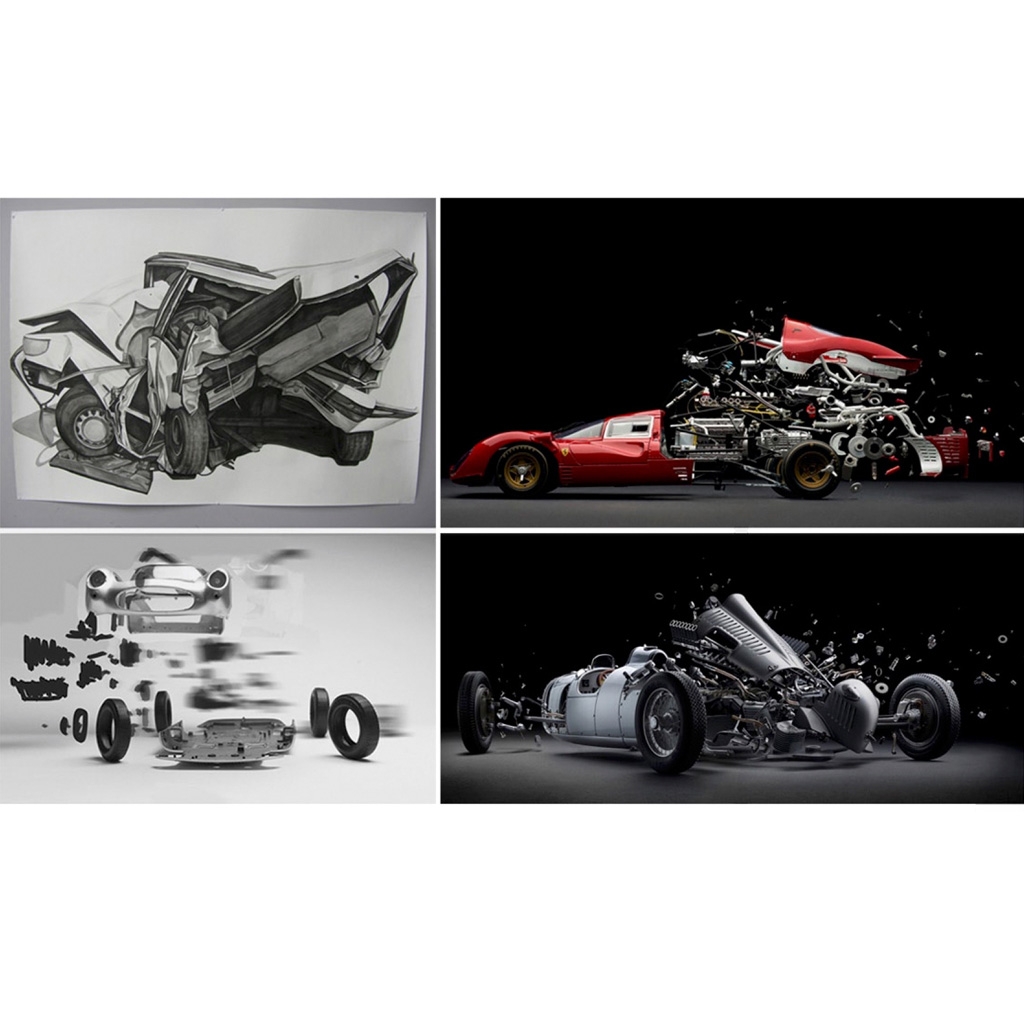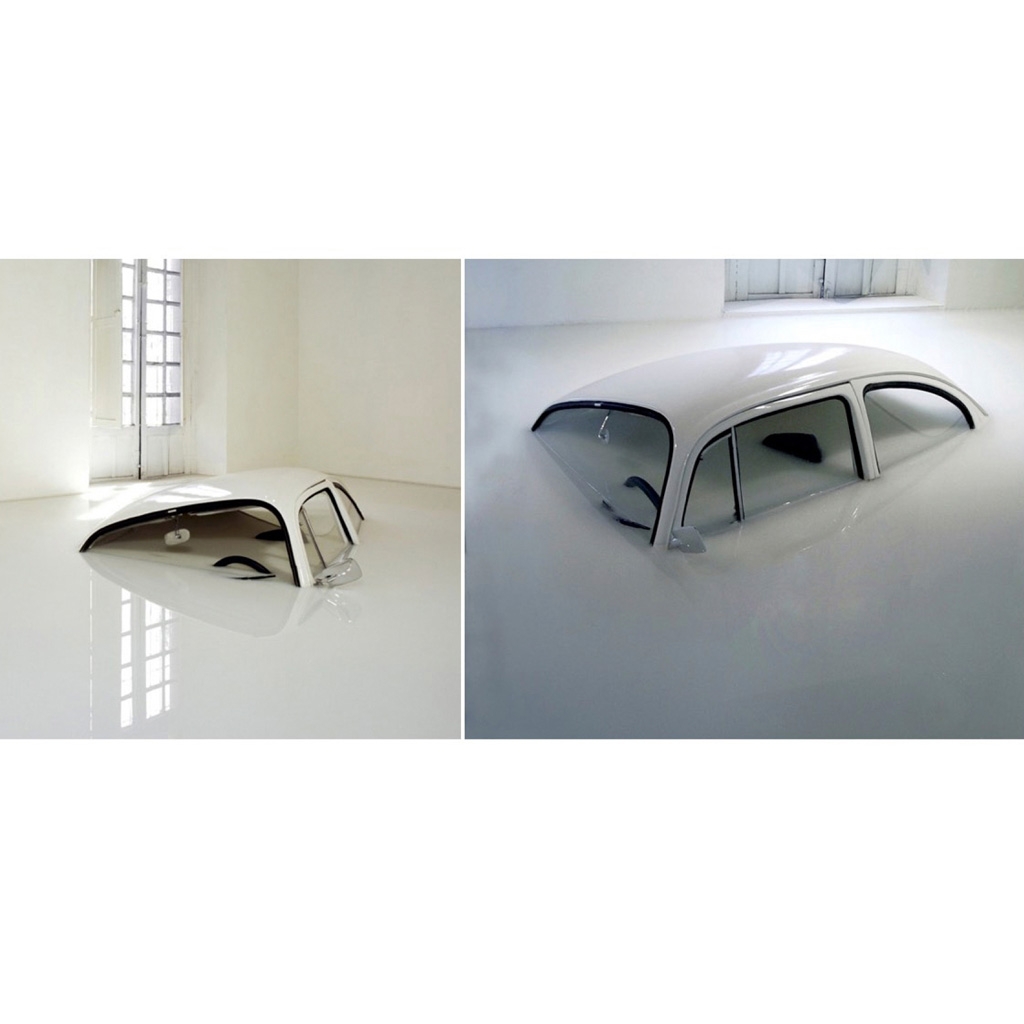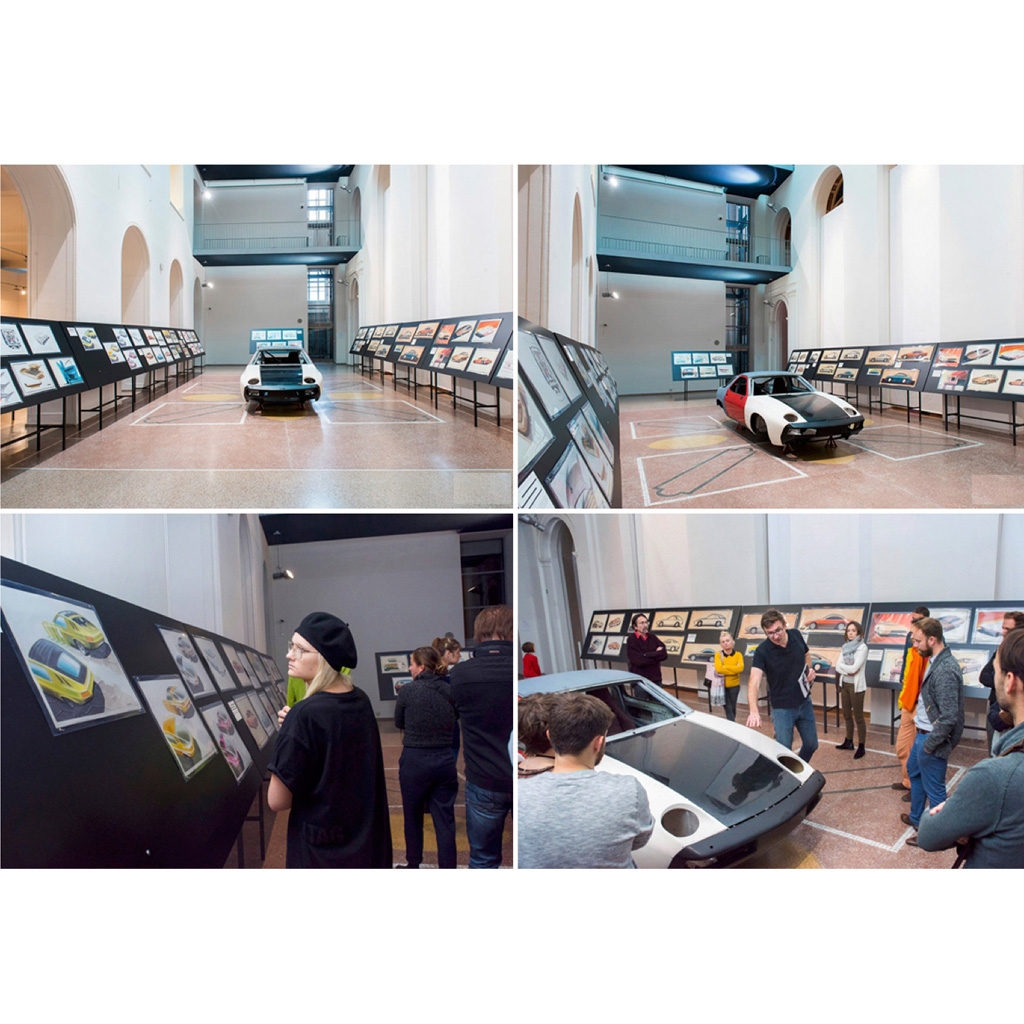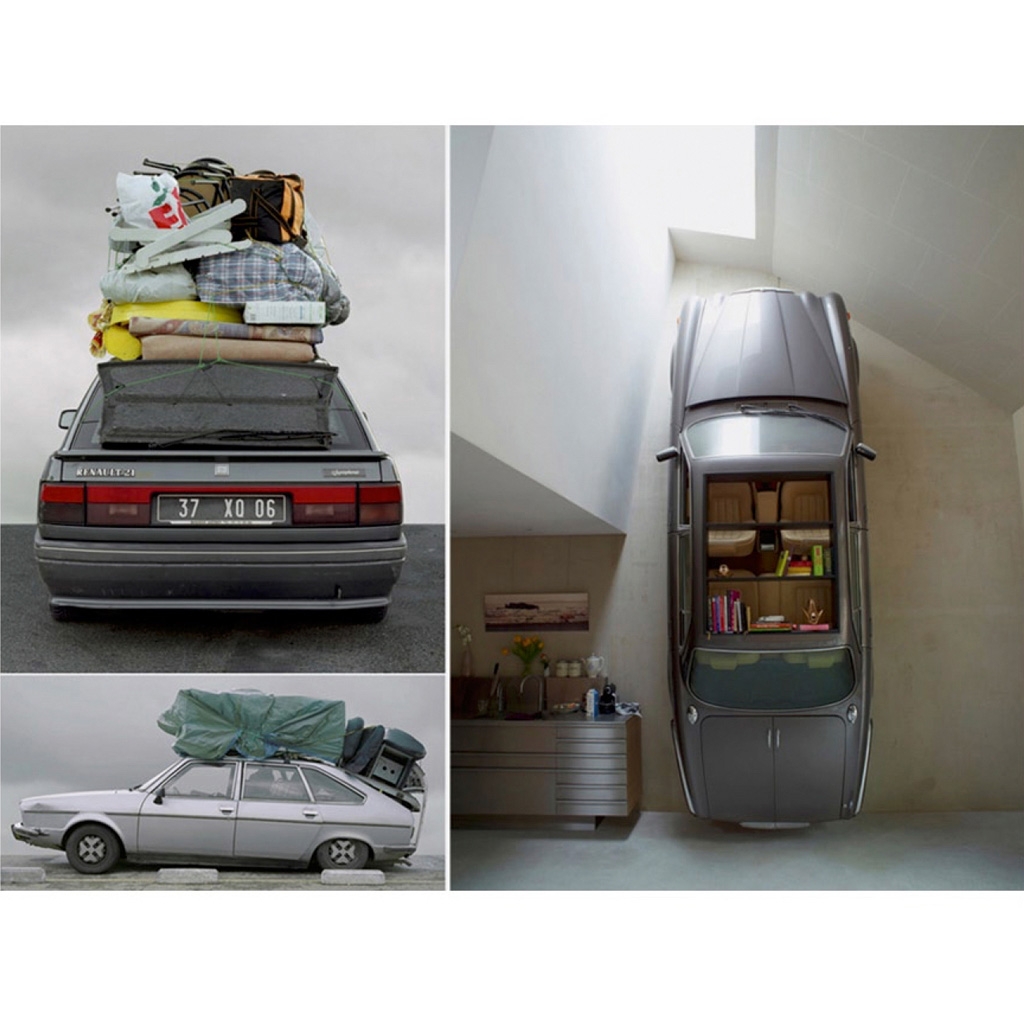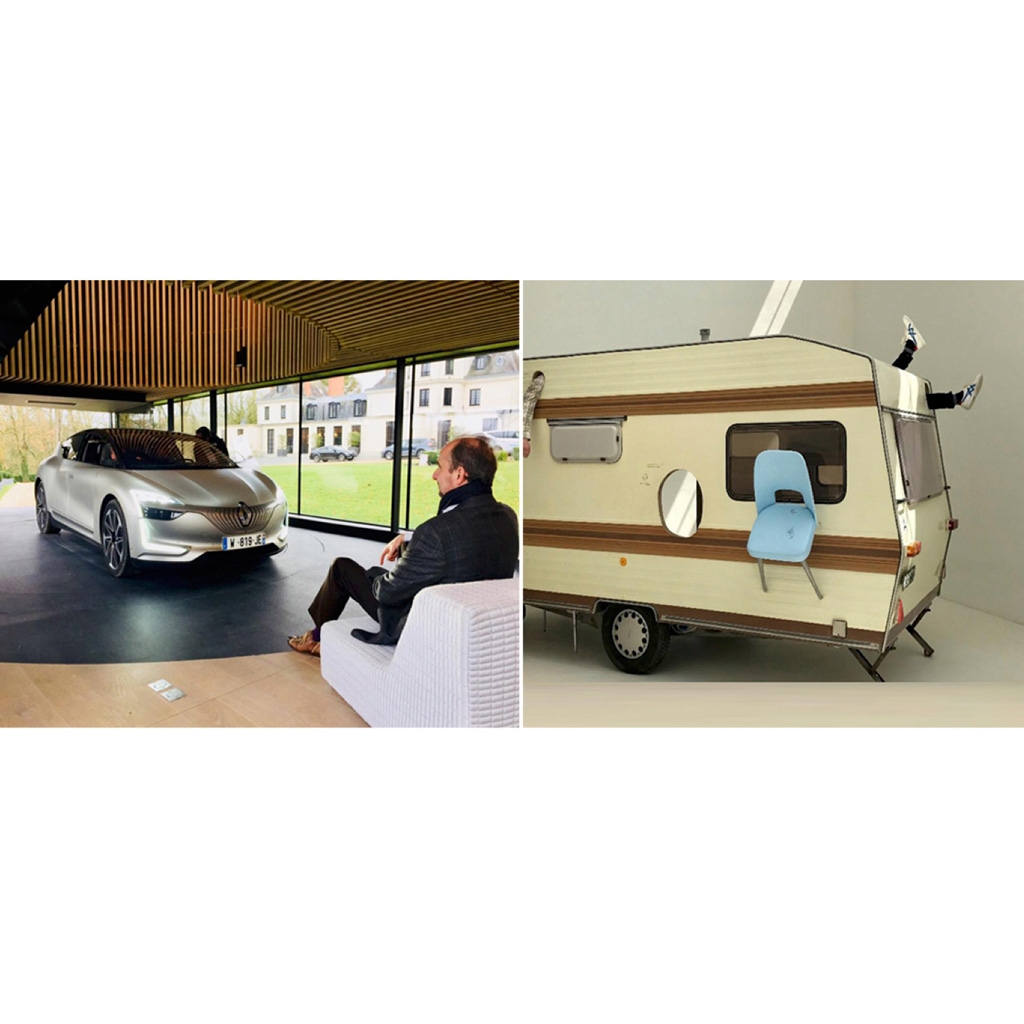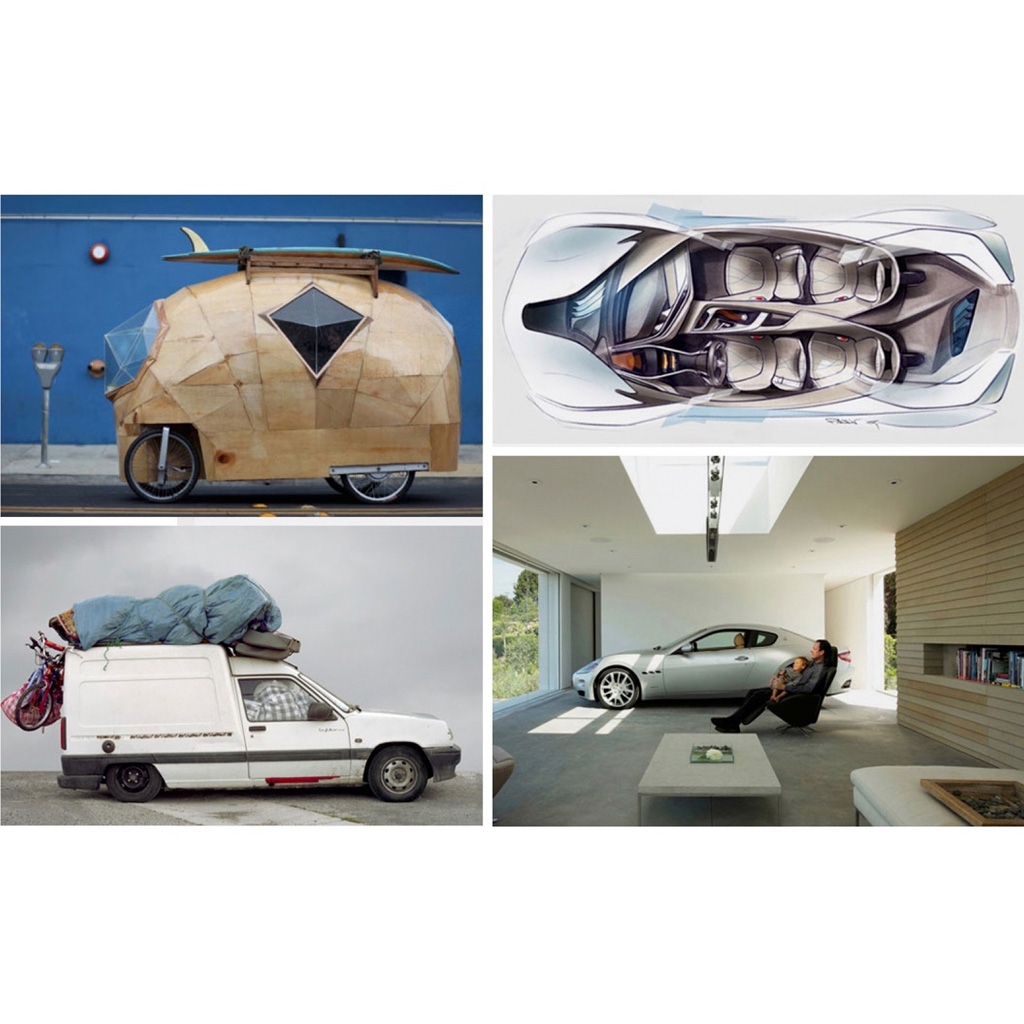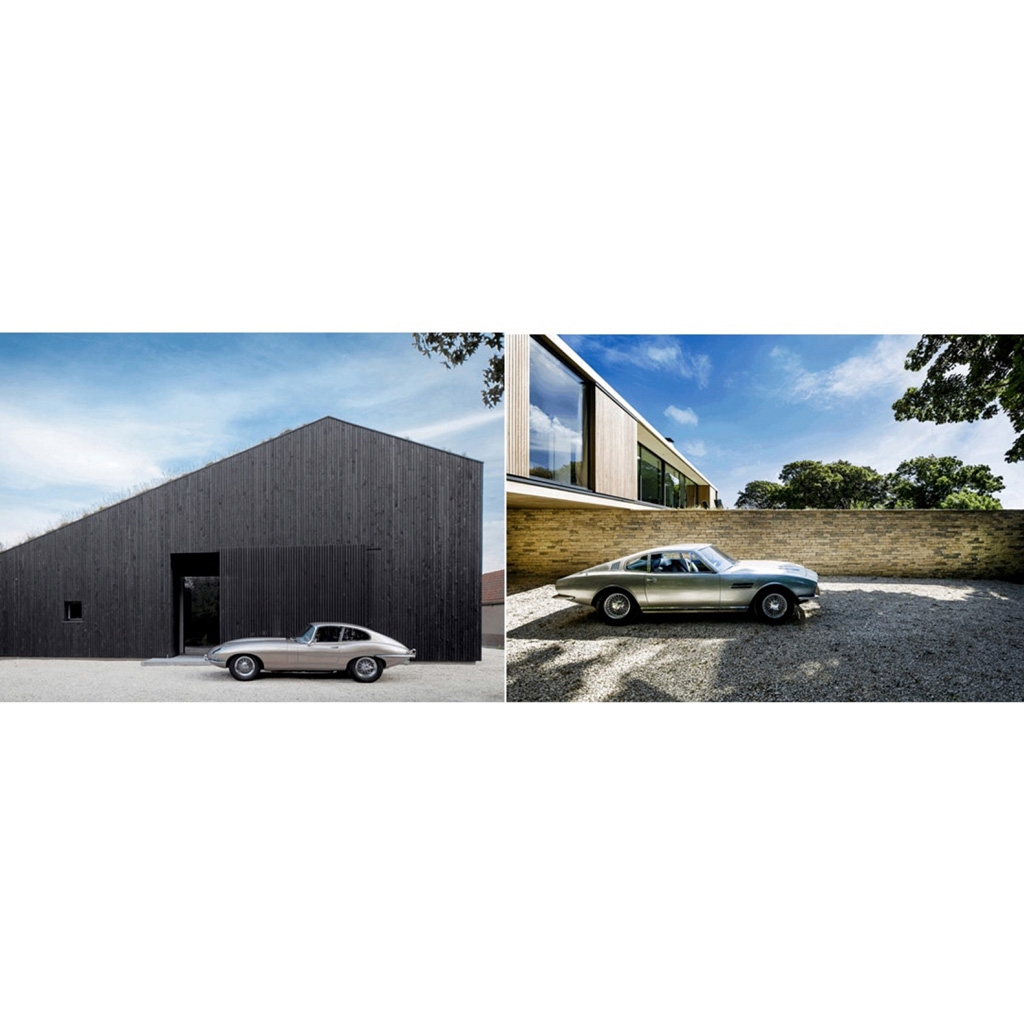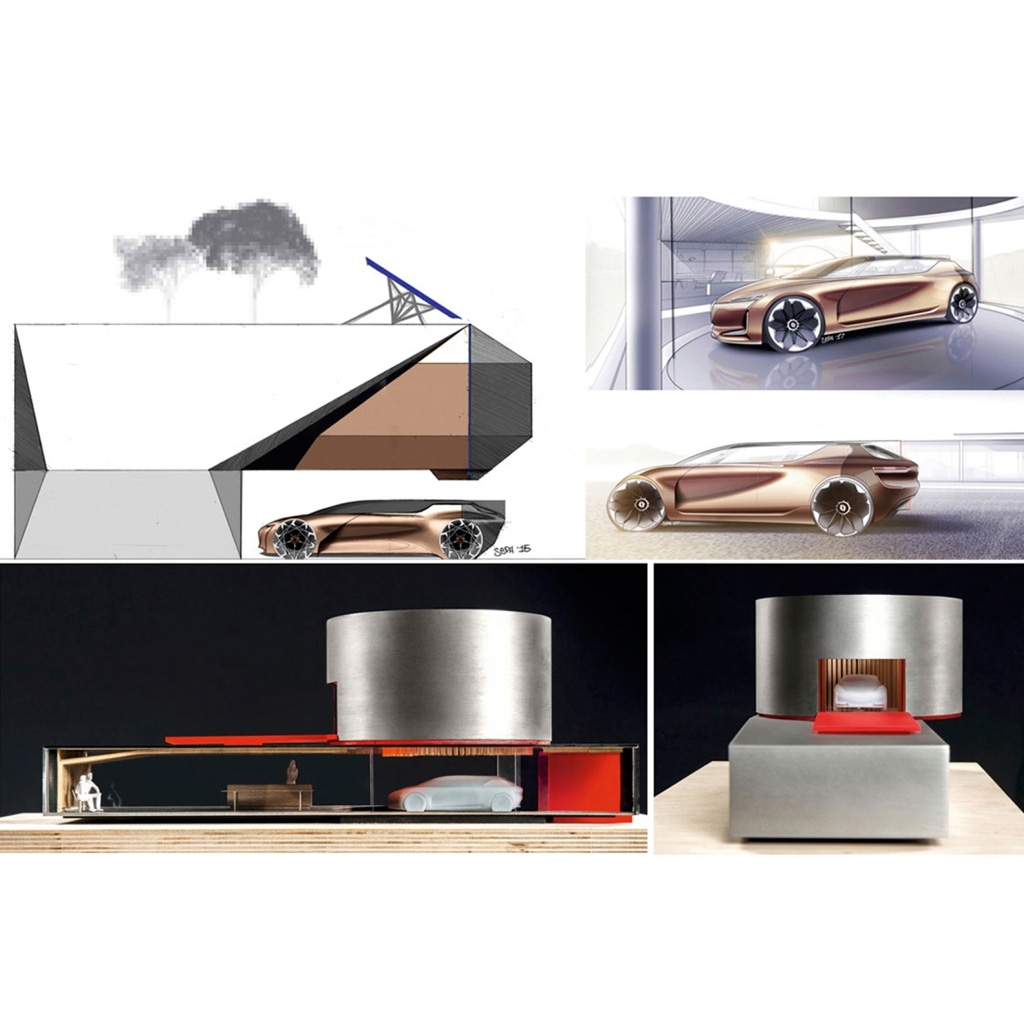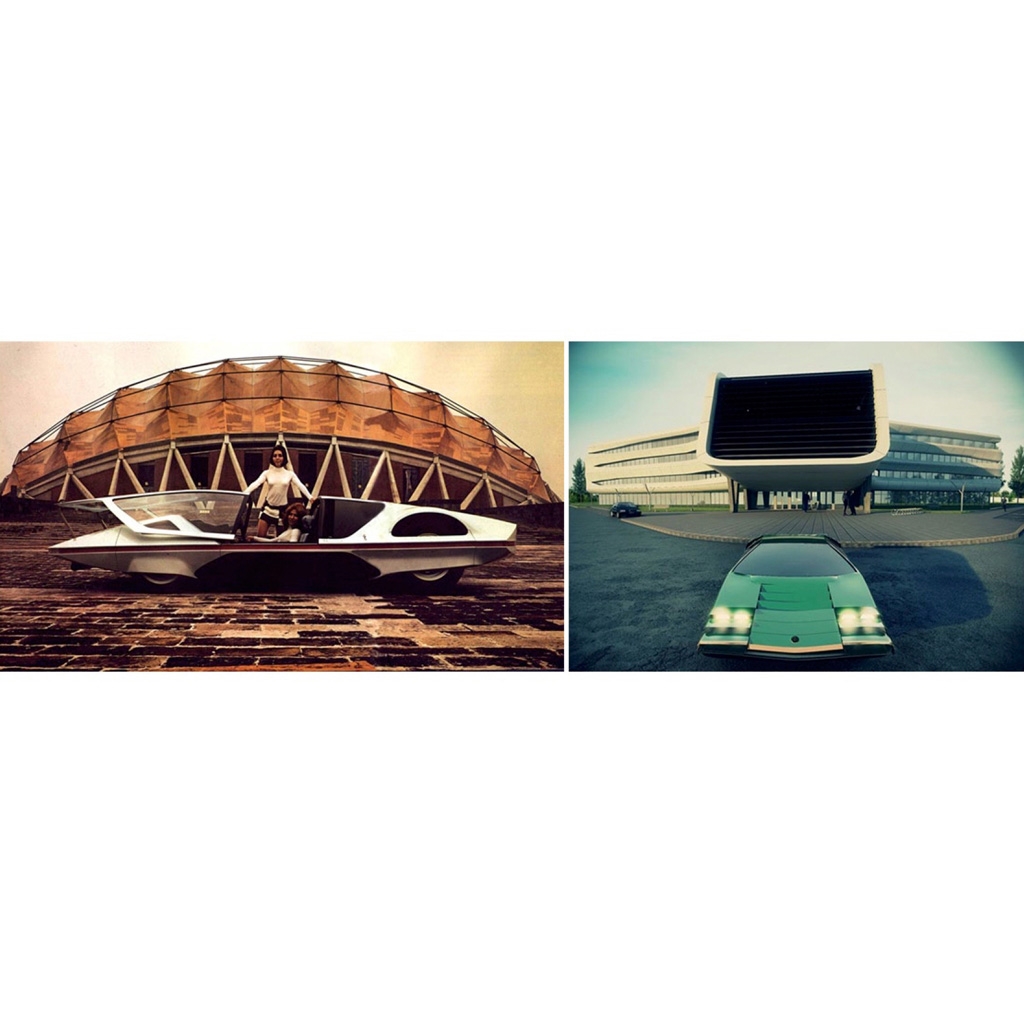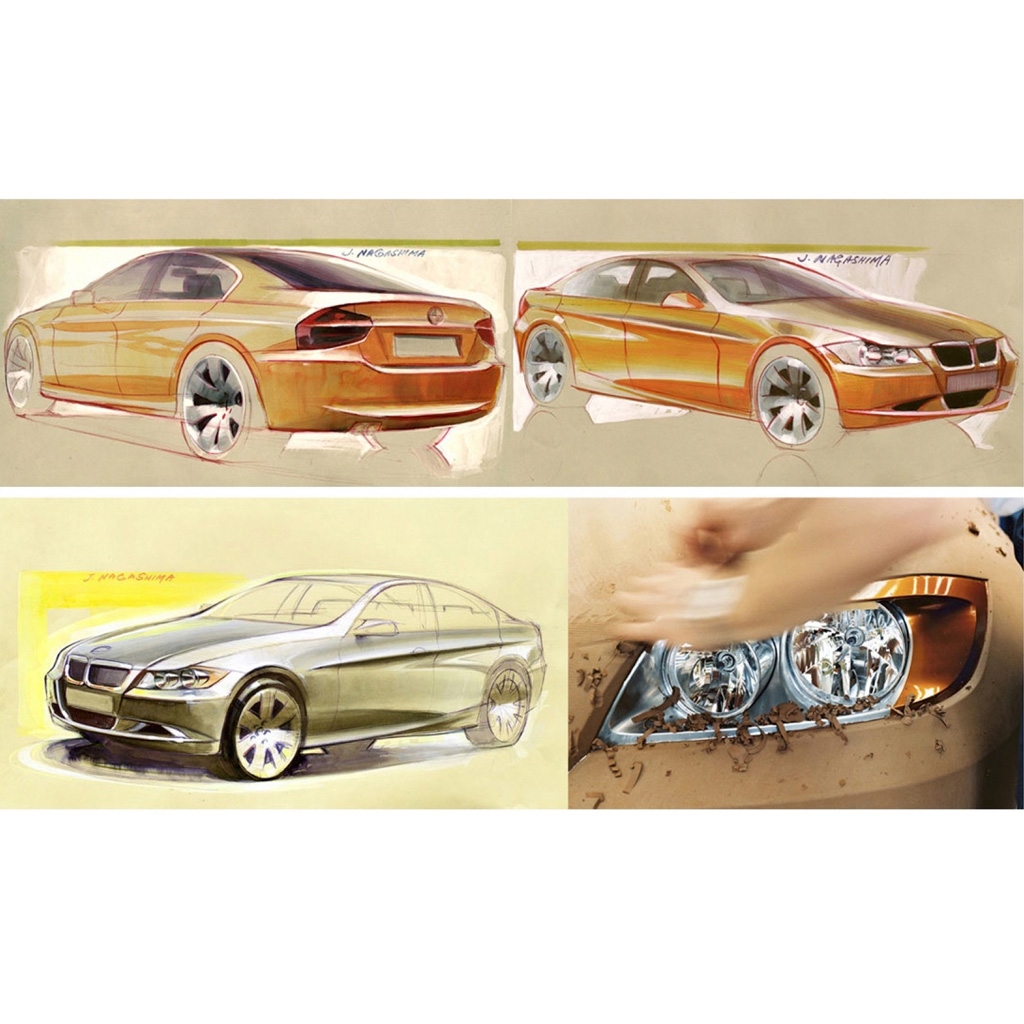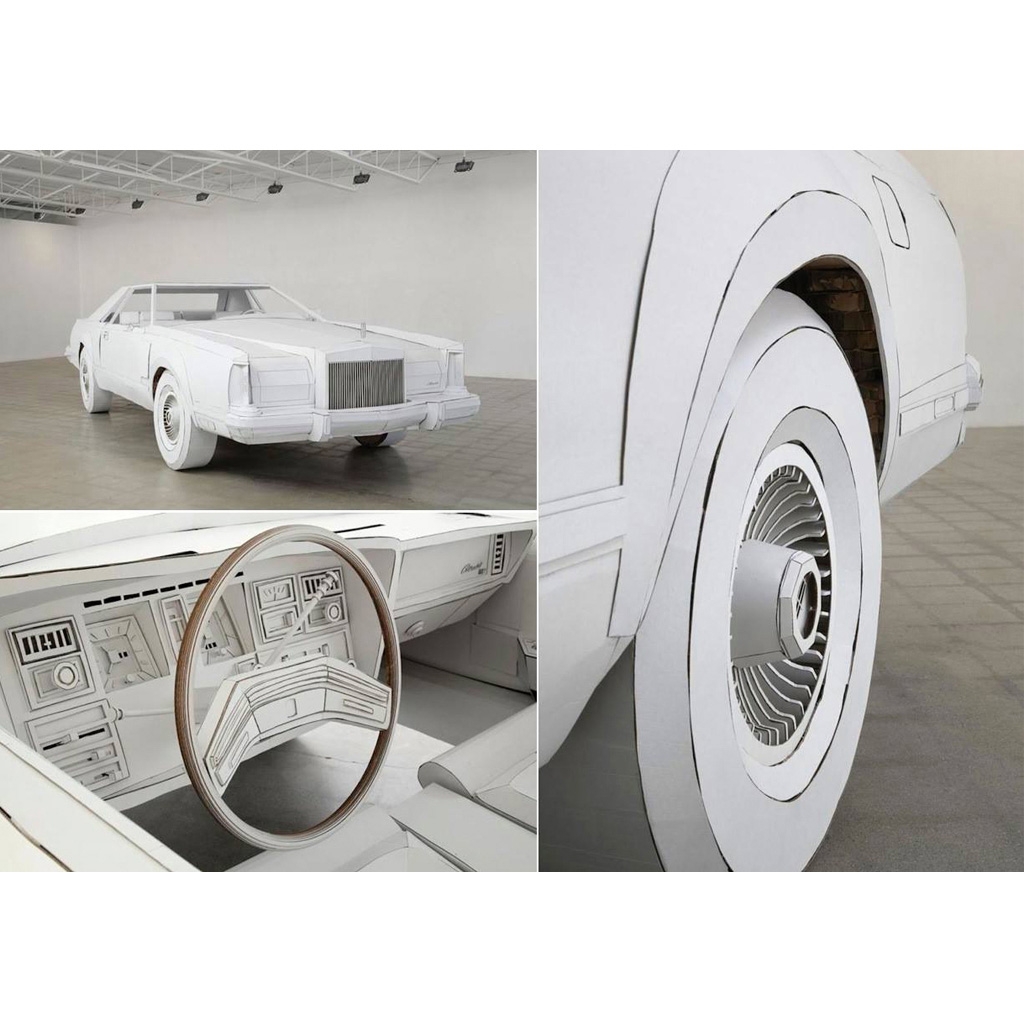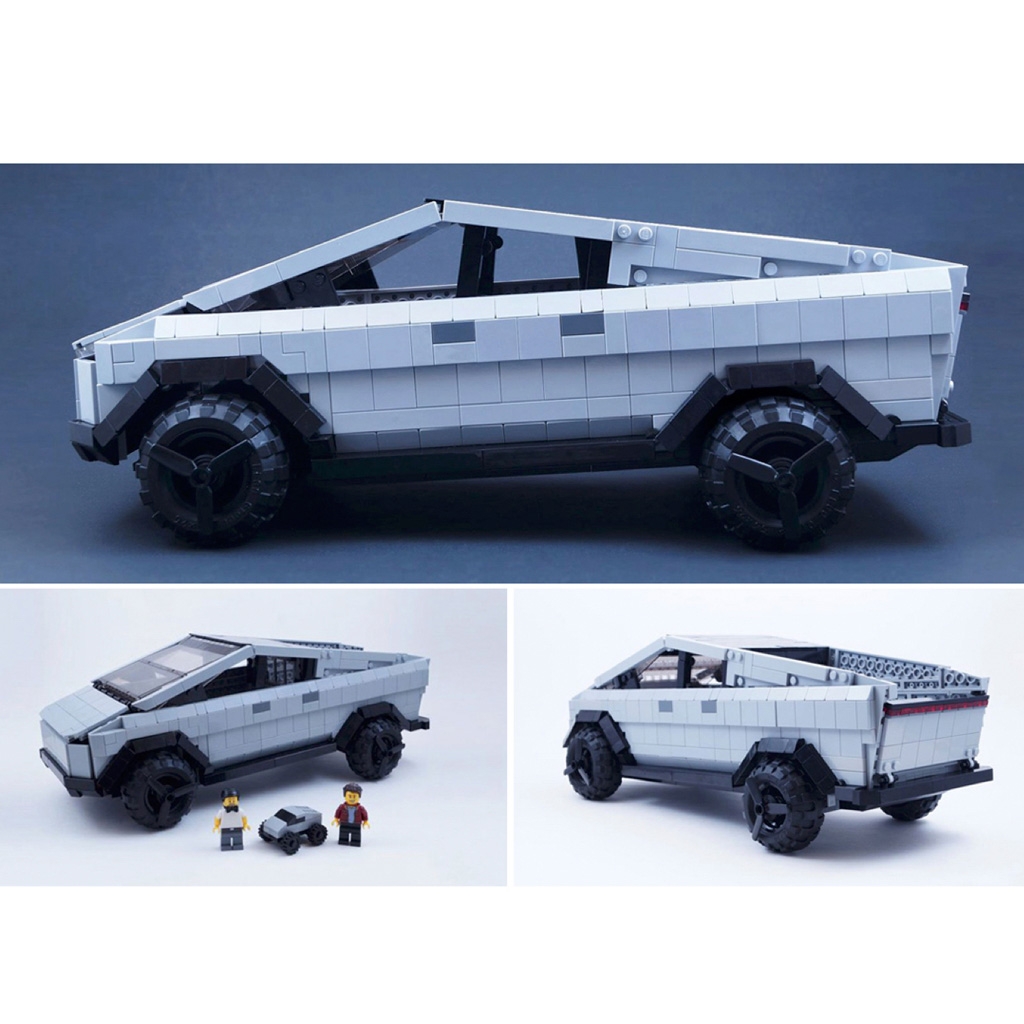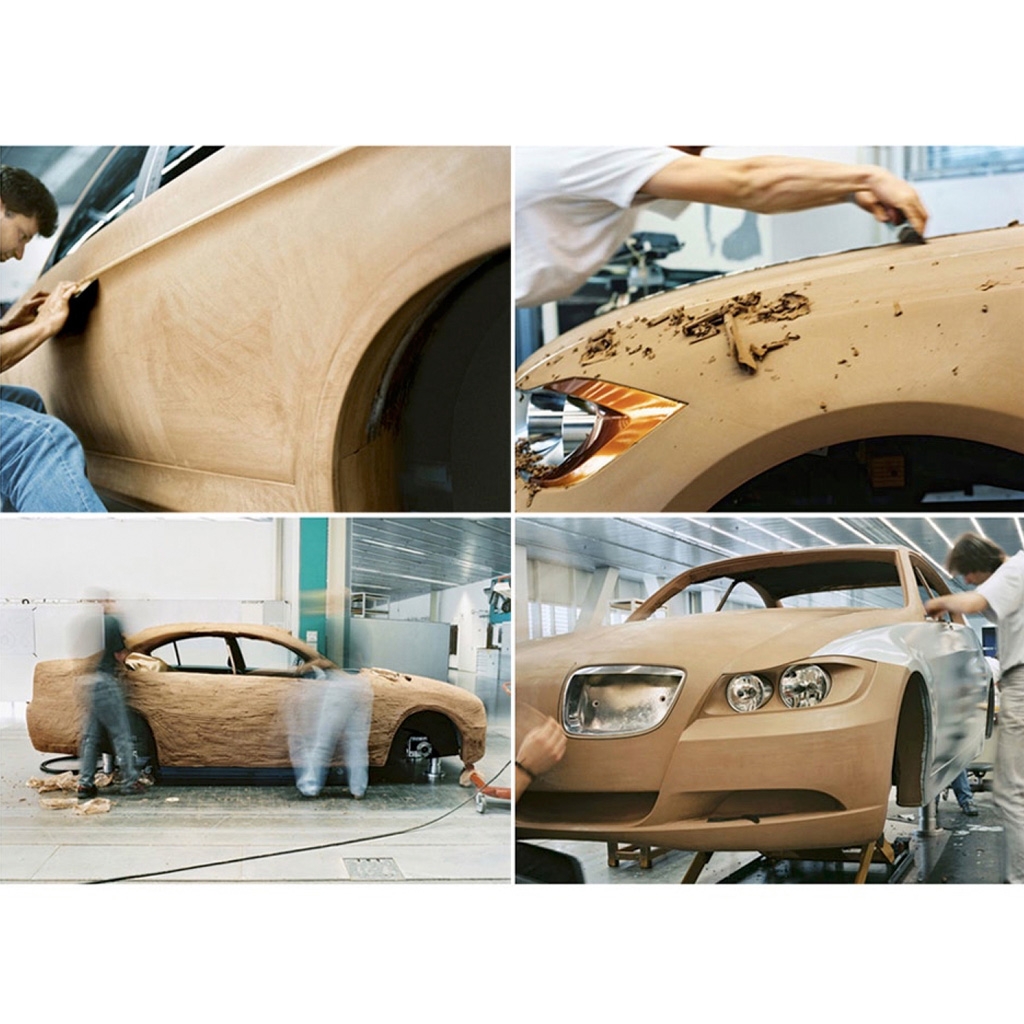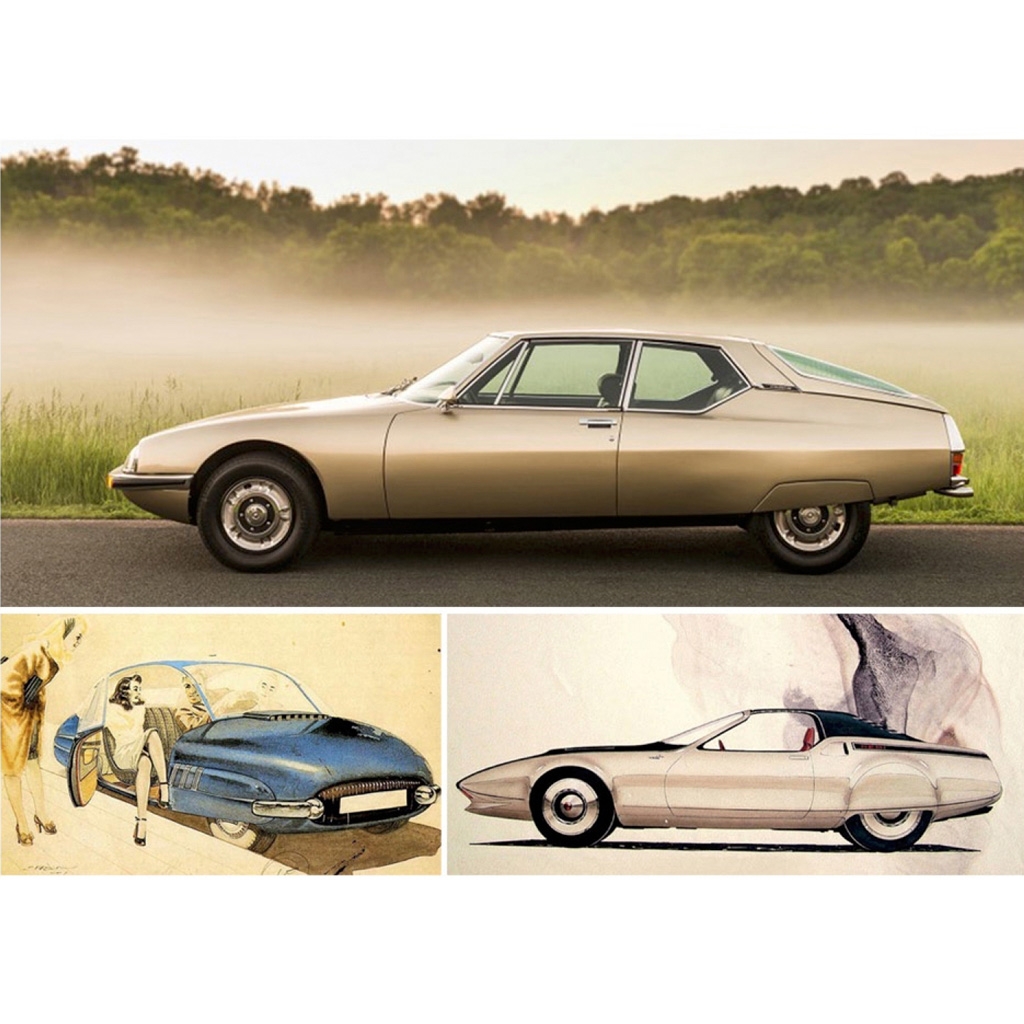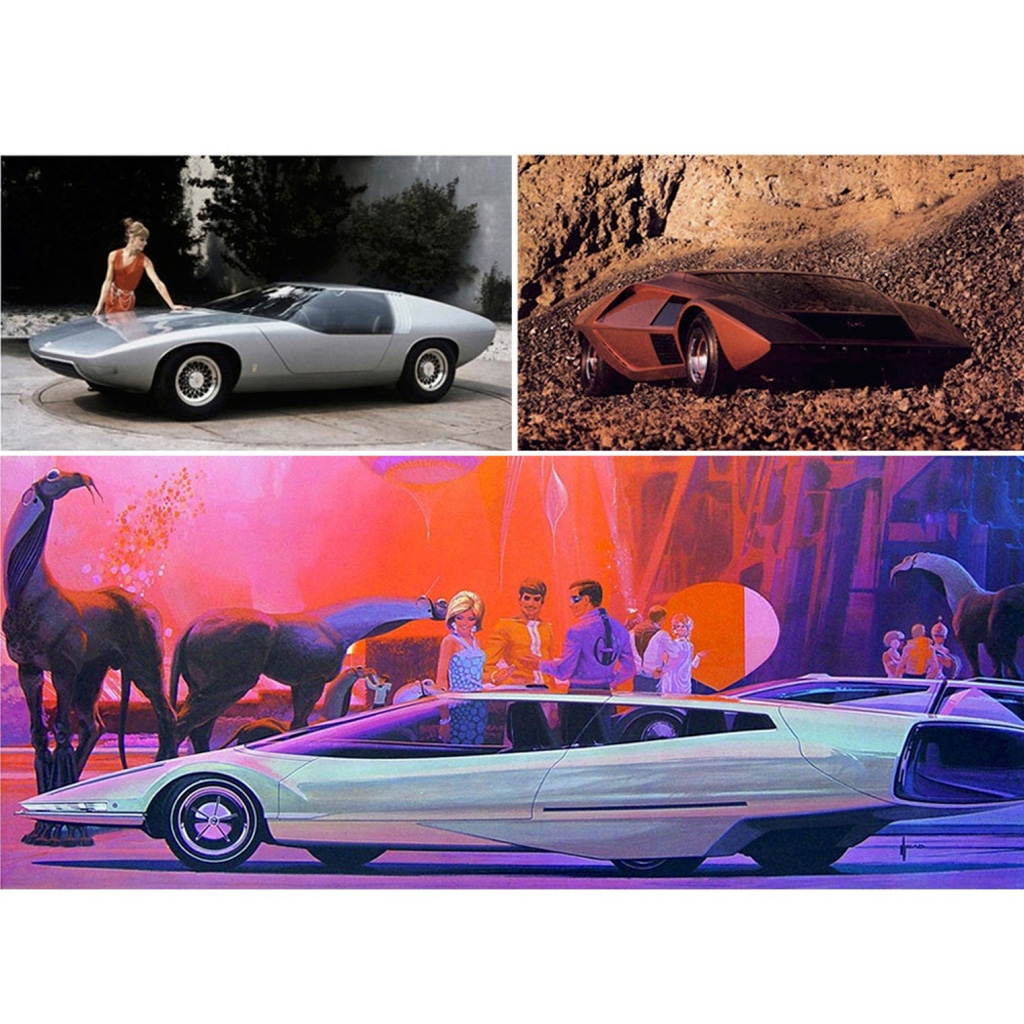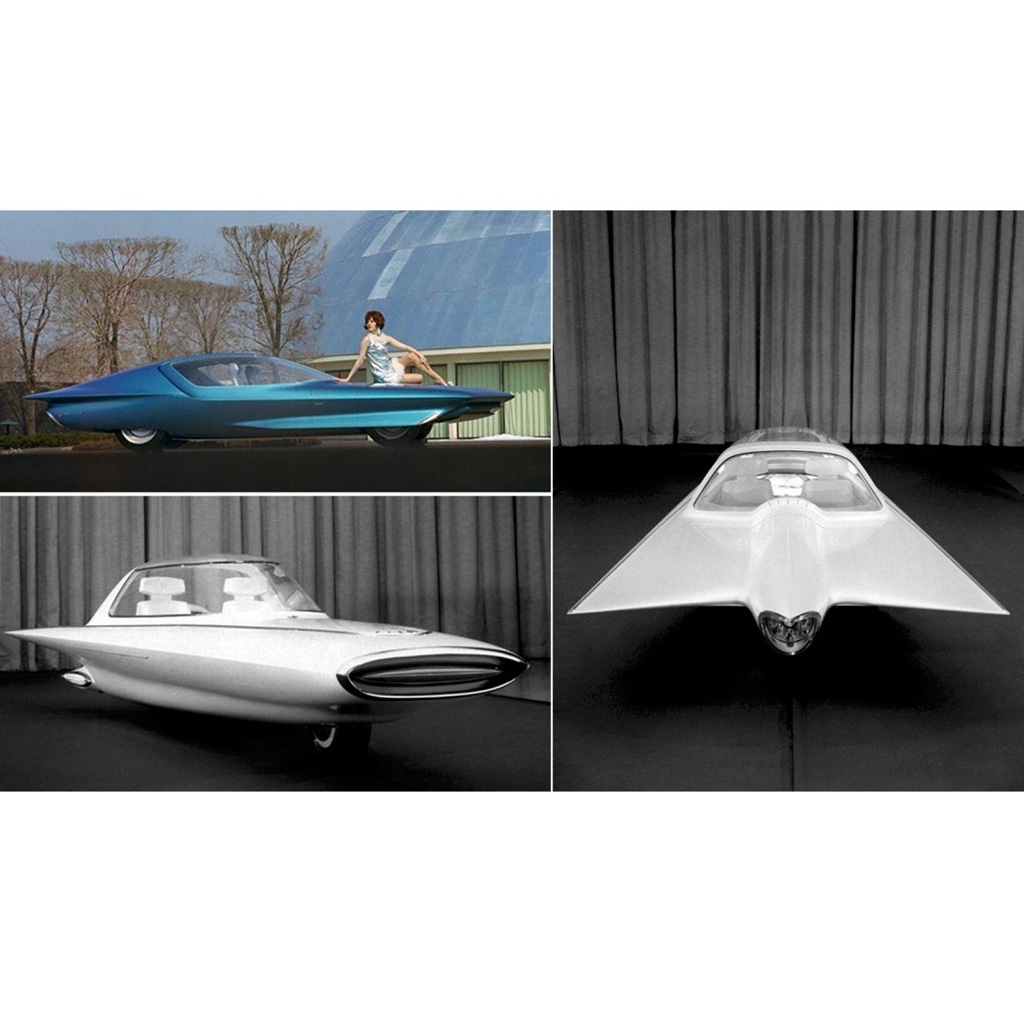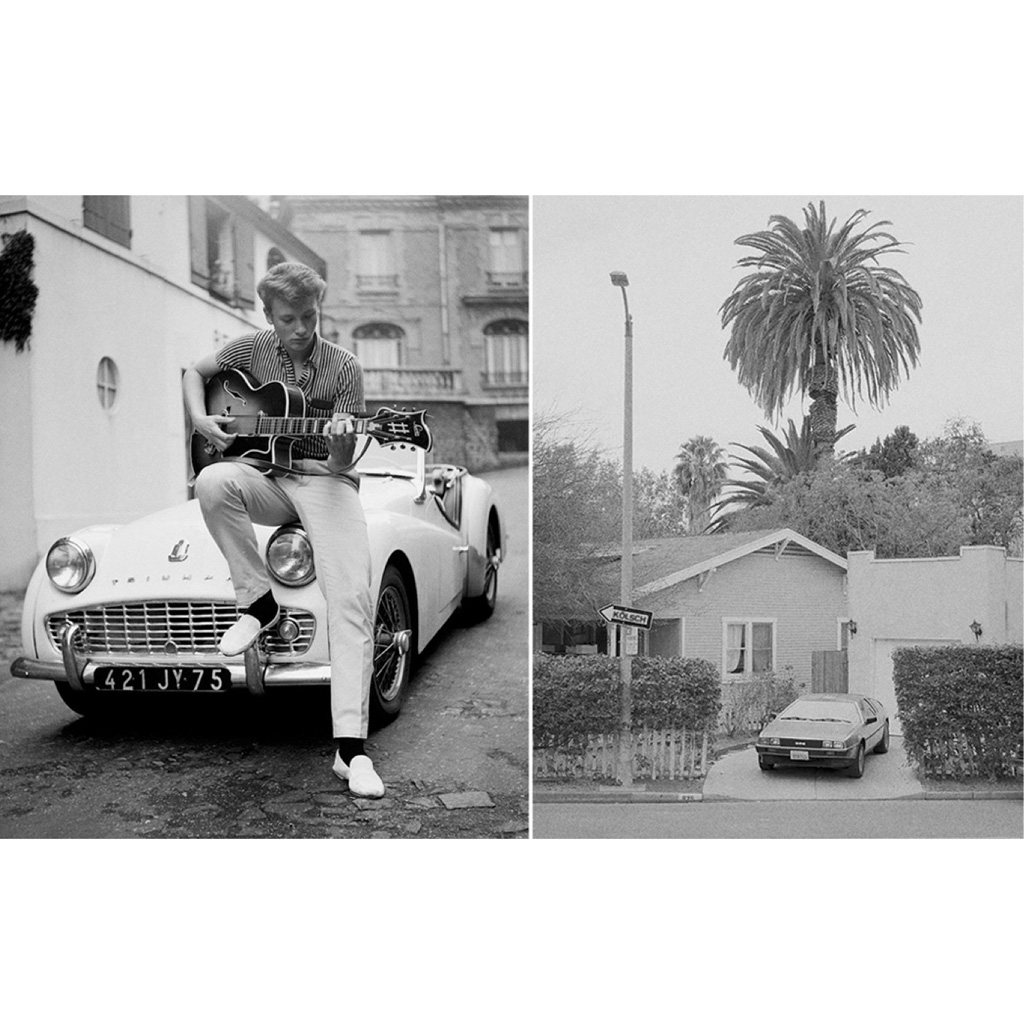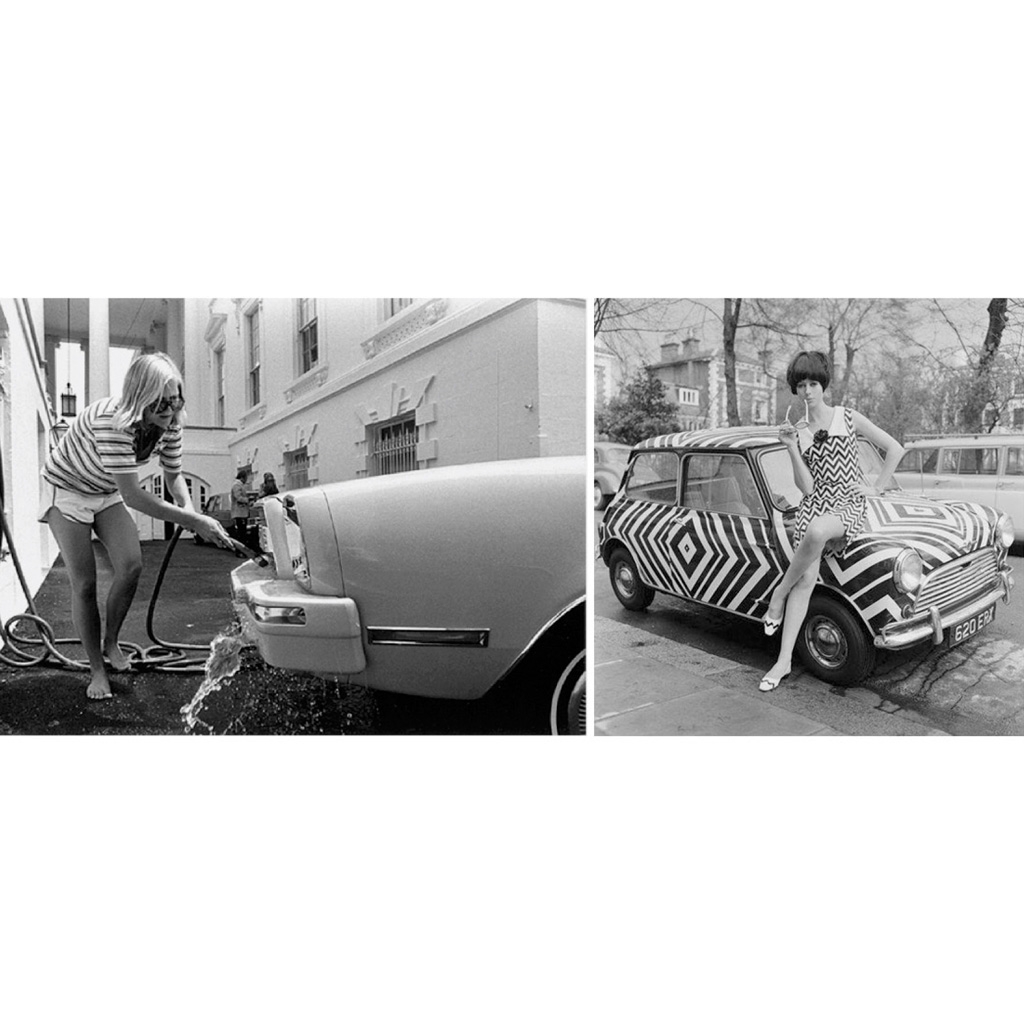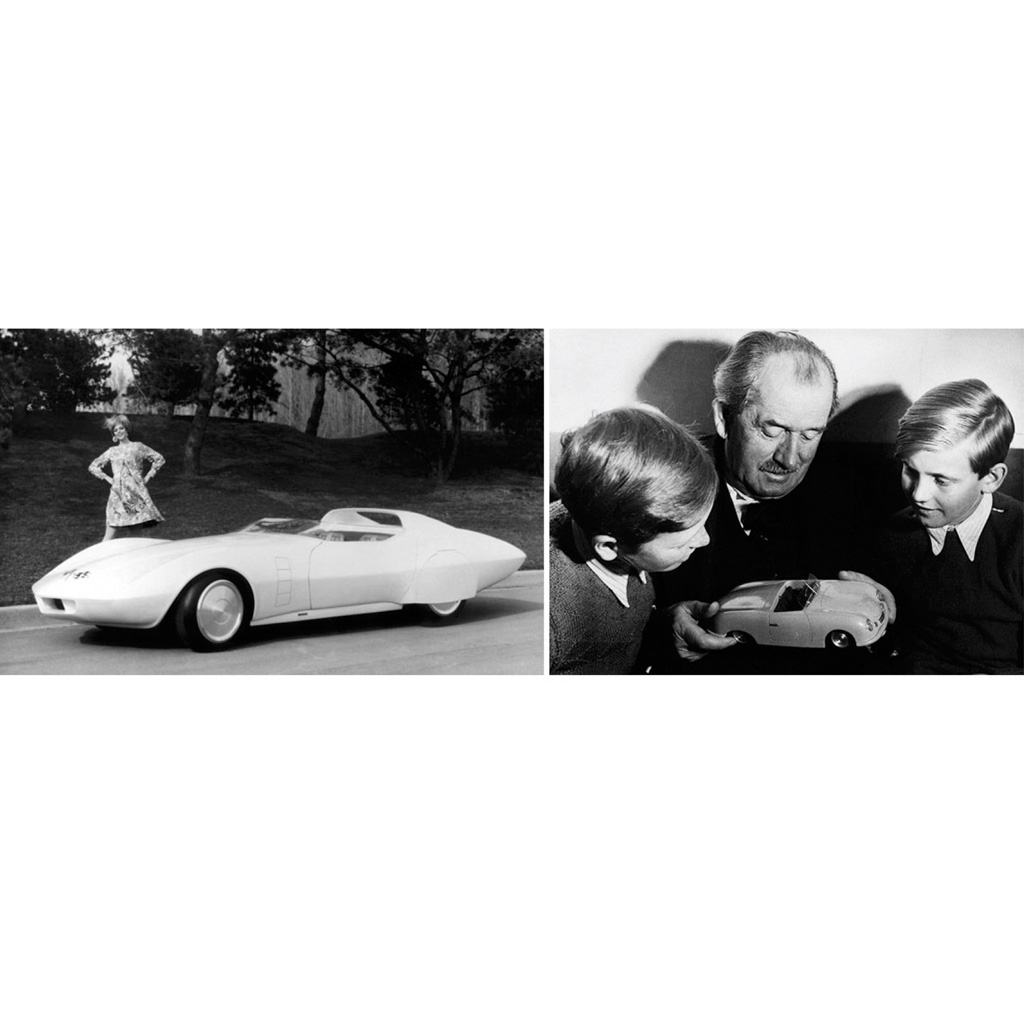COURSE & LECTURES
CAR DESIGN AS MASS CULTURE AND ART
SYLLABUS
The Car Design as Mass Culture and Art course prospectively aims to provide basic knowledge of car design in terms of structural and symbolic typologies as well as the aesthetic values influenced by societal changes throughout history. The course is conducted at the crossroads between architecture and the city platform in order to redefine the context of cars, followed by what would shape the future of urban mobility in terms of connectivity, efficiency, environmental concerns, and social consciousness as key priorities. The course focuses on the emergence of critical future responsibilities as issues are discussed in relation to contemporary thresholds formed by spatial perception shaped by several human sensations. Car Design as Mass Culture and Art is a survey course that is based on theoretical lectures and individual applied projects that are asked to be created by students. The students are expected to attend the classes regularly, take their own notes, and participate in discussions and applied project classes. Final evaluation is based on attendance (%20), the grades of midterms (%40), and final exams, as well as applied project considerations (%40).
COURSE SCHEDULE - 4 hours per week
WEEK & SUBJECT
1 Towards the modern car; the further place and time for man
2: Symbolic and aesthetic values of cars
3 cars: imagery, sensory, and cognition
Car and morphological perception
5 opposing points of view in a car
6: Modern cities, speed dilemmas, and cars as a phenomenon
7: Drive the city by car; urban space and progressive mobility
8 Midterm
9: Semantic content between American cities, roads, and cars
10 Architecture, Cars, and Mechanical Consciousness; Le Corbusier
11 Car as the pro-thesis of space; the new determinant of urban morphology
12: An unavoidable and irrepressible gratification; the speed
13: A place with continuously changing boundaries; a car; and spatial intangibility
14 panel discussions and results

PREFACE
CAR AS AN INTERFACE
The course aims to provide an intellectual and practical experience of the theoretical and abstract evolution of cars and studies in this extended content within a multi-disciplinary approach among a collective conscious. In addition to these studies, sketching and scaled model practices that embrace annotations from intellectual processes in collage diagram characteristics will be evaluated per the research. These derivative studies, as an anthology and sampling, will also focus on a thoughtful assessment of various dimensions of space via architecture, human-body interface, urban space, man-machine interactions, and affiliation contexture from a mobility perspective.
While selecting the theme, both have been aimed at: the goal of cultivating the most basic practices and fundamentals of car design, conveying the diversity of research, and presenting comprehensive global studies in this regard. Even though cars are designed in line with natural, cultural, and traditional parameters, they are considered globally; in this sense, the workshop provides the prospect with various norms in car and transportation design. At this point, the risk of disappearance of distinctive characteristics faced by compelling circumstances and restraints of manufacturing due to apparent global culture in accordance with the new economic order will be stressed as another subject. During the studies, regarding this outlook, it will also be important to emphasize the significance of distinctive traditional and national design entries. Therefore, during the course, the concept of cultural codes will be cognitively examined within various scopes associated with cars in this retrospective.
Cars, as an object and interface, with their ability to almost wrap the human body like apparel and significance throughout history, are positioned as a part of a social paradigm to develop a practical conscious memory. While cultural codes are creating social categorization, they also include an assessment of specific qualifications in each category; cars with their distinctive symbolic and aesthetic values are the expression of this abstract prospect and physical appearance. In this sense, through the course, cars will be examined as significant objectives forming a social conscious and memory in accordance with their design aspects as one of the actors of modern life. Thus, cars will also be considered a social program that steers many cross-cultural postures.
The course intends to study the association between cars, architecture, and city platforms in various dimensions; therefore, the intersections between man and machine with their spatial dimensions will be one of the key criteria of the process. The city, resembling a living organism with its several definitions, will play a significant role in analyzing the paths of cars through their existence in human life while exploring mobility concepts with physical and psychological aspects. In addition to this, it will be examined how new technologies could evolve new platforms and structures for developing car industry construction. These will allow us to think over prospective city scenarios and project the phenomenon that will grow within this framework.
The course will review the dynamics of the relation between car and road; furthermore, the context of roads within the integral continuation of housescorridors will lead us to re-examine the important role of cars concerning architecture. Examining that architecture, as a projection of human life, plays an important role with cars in modern life setups that builds another content of a substantial association generated by a common denominator: humans. The question of where architecture actually stands within the city leads us to cars as well as one of the most fundamental aspects of architecture in such complex spatial manners. The course will broaden the theoretical context of architecture in accordance with the mobility norms that man builds within cities and urban areas; therefore, it aims to propose a new perspective on the definitions of the modern architecture paradigm. In this course, the mutual transformation between city and human, the way that city forms life, the sensation of speed as a result of this, and the freedom via cars will form the subtitles of the workshop.
In recent years, the development of cars has been the subject of aesthetic and art professionals' systematic analyses. Our era has been covered by forms, shapes, and images; in this sense, we are aware of the need to find a meaning in every object to define the differences, outlines, and drafts in this vast panorama. The modern era drives us to make sense of everything existing while decoding every object around us among all those extremes and super/ultra abundances; thus, this need that drives us congests the panorama of connotations. In this context, over cars, the most dramatic symbolic and aesthetic characters can be observed. Symbolic characters here represent the capacity of an object to create value within connotations in a specific culture, and aesthetic characters represent the perceivable quality that arises from its main activity and sensitivity. Therefore, throughout the course, identifying the symbolic and aesthetic characters of car design will highlight the background structure; in this context, the attempt will be to develop an artistic insight on applied projects to be held within both in two manners.
The connection between man and machine forms spatial dimensions, and this evolution obtains numerous different levels of perception and uncommon vital structures consequently formed by cars through movement, speed, and autarchy; therefore, the diversity of human perception leads to assigning various meanings to cars. While cars are becoming a part of spatial integrity through their abstract and physical dimensions, they are also being integrated into the psychological dimensions of space and time that are generated by man through several sensations concerning existence. Thus, this course will analyze how architecture and cars create mutual dimensions formed through spatial integrity as simple symbols, imagery, and sense.
The course prospectively aims to emphasize the urge for a sustainable mobility paradigm, which is one of the most significant issues of our era. Examining this through possible proposals and the various solutions to these will give the chance to assess micro and macro mobility paradigms and examine the future city phonemenon through the increasing significance of cars in this framework. Topics such as the analysis of future mobility norms, current evidence of the future needs of people will be more sophisticated with modern technologies, and the increasing interaction of cars with urban infrastructure and systems will be observed during the course.
OBJECTIVES
1. Introduction of the structures of car design by using a multidisciplinary approach such as architecture, urban design, material engineering, ergonomics, product design, and performance with environmental sustainability and social awareness; also paying attention to technological and production constraints.
2. Embracing the design process into new experiential concepts, redefining the architectural structures of cars, and moving forward with new criteria for efficiency and future responsibilities.
3. Parallel to the theoretical and conceptual training, offering studio projects organized into design concepts and their refinement up to digital modeling.
4. Exploring the micro and macro mobility systems responding to the new city typologies by bringing today’s transportation and vehicle design paradigm into question to interpret environmental issues, global economic manners, and the new social structures.
5. Observing progressive transportation concepts serves to challenge future mobility scenarios where cars are no longer the must-have actors.
6. Raising awareness and sensitivity towards the future and expanding the abilities to choose appropriate design research methods to utilize for a considered abstract.
OUTCOMES
1. Awareness of transferring research that can be applied to various projects following the activities in car and transportation design.
2. Acquaintance with the different steps required during the process, such as hypothetical discussions, debriefing, and project conceptualization gained through case studies of future mobility scenarios, design evolutions, and analysis focused on social structures, art, and architectural inspirations.
3. Reflecting the knowledge of transportation design history and its evolutions complementary to theoretical and design practice based on design methodologies, vehicle architecture, and technological developments that resulted from the broader evolutions of mobility, particularly in car culture.
4. Helping students think freely beyond the constraints and transfer the idea of a result-driven process into a conceptual project where time management and a continuous progression are the keys.
5. Structuring the project and applying a variety of techniques, including collages, diagrams, storyboards, prototypes, simulations, video, photography, and so on.
6. Flexibility to question any given or existing typology and incorporate the outcome into the research process, not just for the final project.
Copyright © all rights reserved by Engin Tulay. Unauthorized use is a violation of applicable laws.
